As artificial intelligence rapidly advances, it’s reshaping the digital world, providing a variety of tools to boost productivity, streamline operations, and foster creativity. Once confined to science fiction, AI is now a powerful ally for individuals in various fields. It’s changing how we research, design, and innovate, offering exciting opportunities for educators, entrepreneurs, creatives, and tech enthusiasts alike.
In this detailed review, we’ll thoroughly explore the top 48 AI tools that can boost your business earnings to at least $1000 per month. We’ll delve into their different uses, unique features, and the advantages they bring to your work. Whether you’re a seasoned influencer or a beginner, using these tools can significantly impact your outcomes.
Table of Contents
Best Research Tools
Claude
Claude is your intelligent research companion, crunching data swiftly and delivering insightful reports faster than a team.

ChatGPT
ChatGPT is a powerhouse in text generation, leading the way in conversational AI.
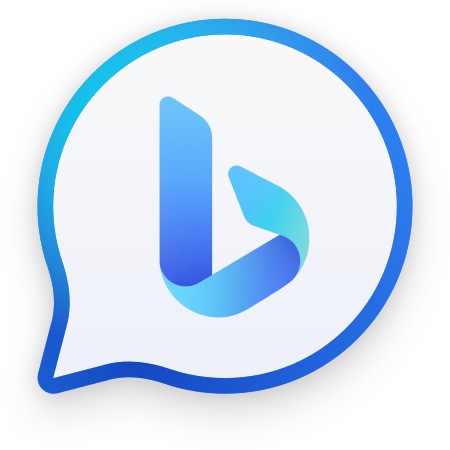
Bing Chat
Bing Chat shakes up messaging by blending AI with a familiar chat setup, offering businesses handy tools for customer service.

Perplexity
Perplexity aims to verify AI-generated text. It’s a reliable tool used in AI research to help test ideas.
Claude
Let me introduce you to Claude, a cool new tool for doing research. What makes Claude special? Well, it’s like having your own smart assistant. It can dig through lots of data really quickly and make detailed reports way faster than a group of people could. Even though Claude looks simple, it’s actually got some pretty fancy math inside that helps it give you really useful insights to help you make decisions based on data.
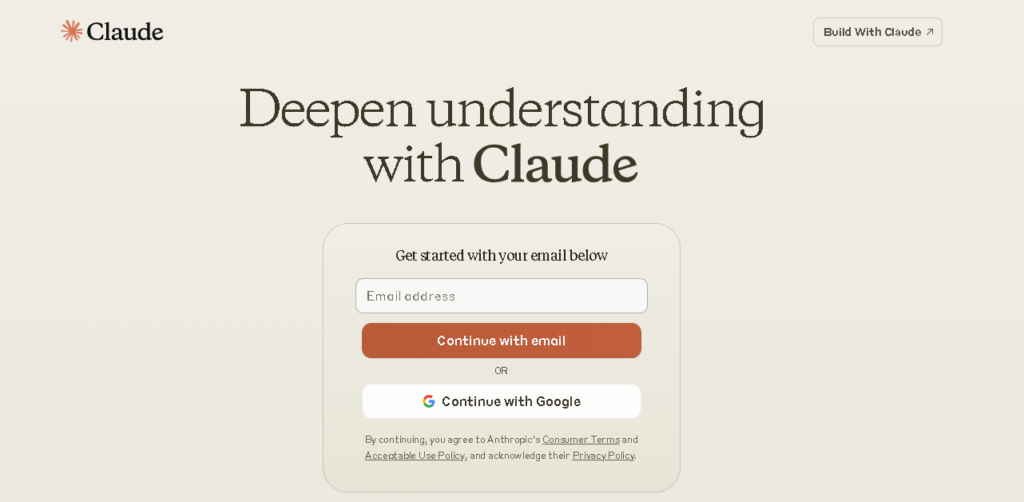
Features:
- Search feature that covers academic, commercial, and social media databases.
- Tools for easy teamwork, like live updates and version control.
- Smart language skills to grasp specific questions, making sure search results are on point.
Pros and Cons:
ChatGPT
ChatGPT is a powerhouse in text generation, leading the way in conversational AI. It’s like a wise oracle for words, understanding what you’re asking and giving smart and advanced responses With ChatGPT, you’ll never struggle with writer’s block again.
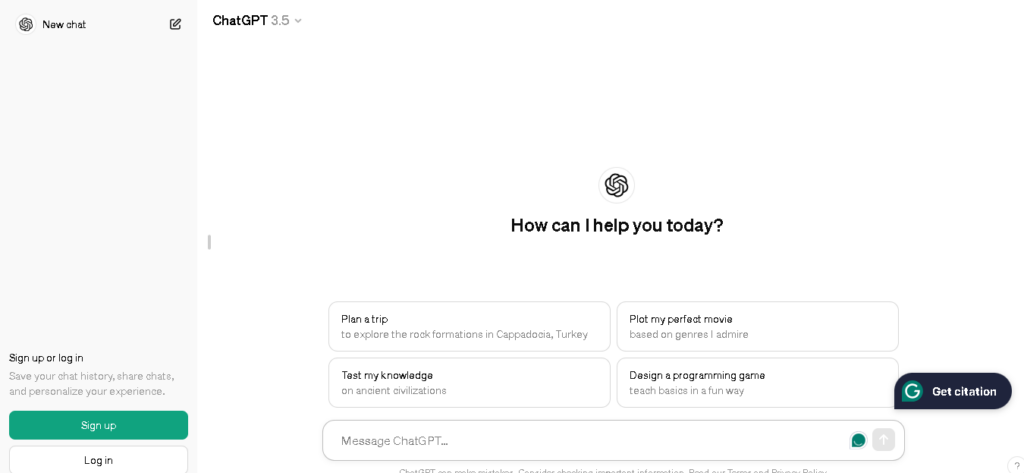
Features:
- OpenAI’s state-of-the-art model repeatedly trained on a diverse cross-section of internet text.
- Fine-tuned set of conversation policies that adapt to the user’s communication style.
- Remembering historical context for in-depth chats with a timeline twist.
Pros and Cons:
Bing Chat
Bing Chat shakes up messaging by blending AI with a familiar chat setup, offering businesses handy tools for customer service. Using Bing Chat brings a flood of time-saving perks, like automatic replies and smart customer query handling.
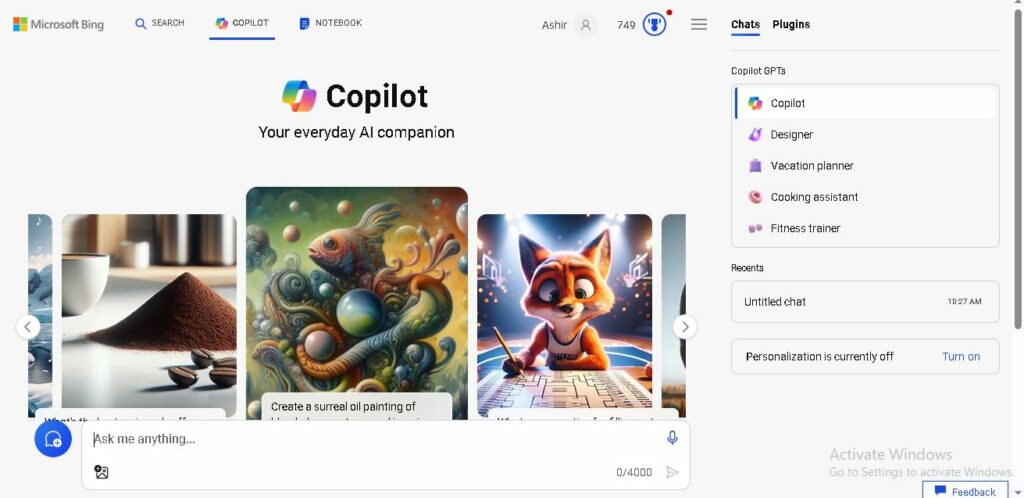
Features:
- Smart learning algorithms get better at giving helpful answers as time goes on.
- Easily works with Microsoft’s productivity tools, providing complete workplace solutions.
- Supports multiple languages, helping global companies communicate with local understanding.
Pros and Cons:
Perplexity
Perplexity aims to verify AI-generated text. It’s a reliable tool used in AI research to help test ideas. Its main skill is finding mistakes and problems in AI-generated text, which is important for keeping AI insights accurate.
Features:
- Many different texts to compare AI language models.
- Easy-to-use dashboard shows lots of measurements to check how good a model is.
- Connects with other programs so you can check AI content whenever you need.
Pros and Cons:
Best Image Tools

DALL-E
DALL-E is a groundbreaking tool in visual creativity.
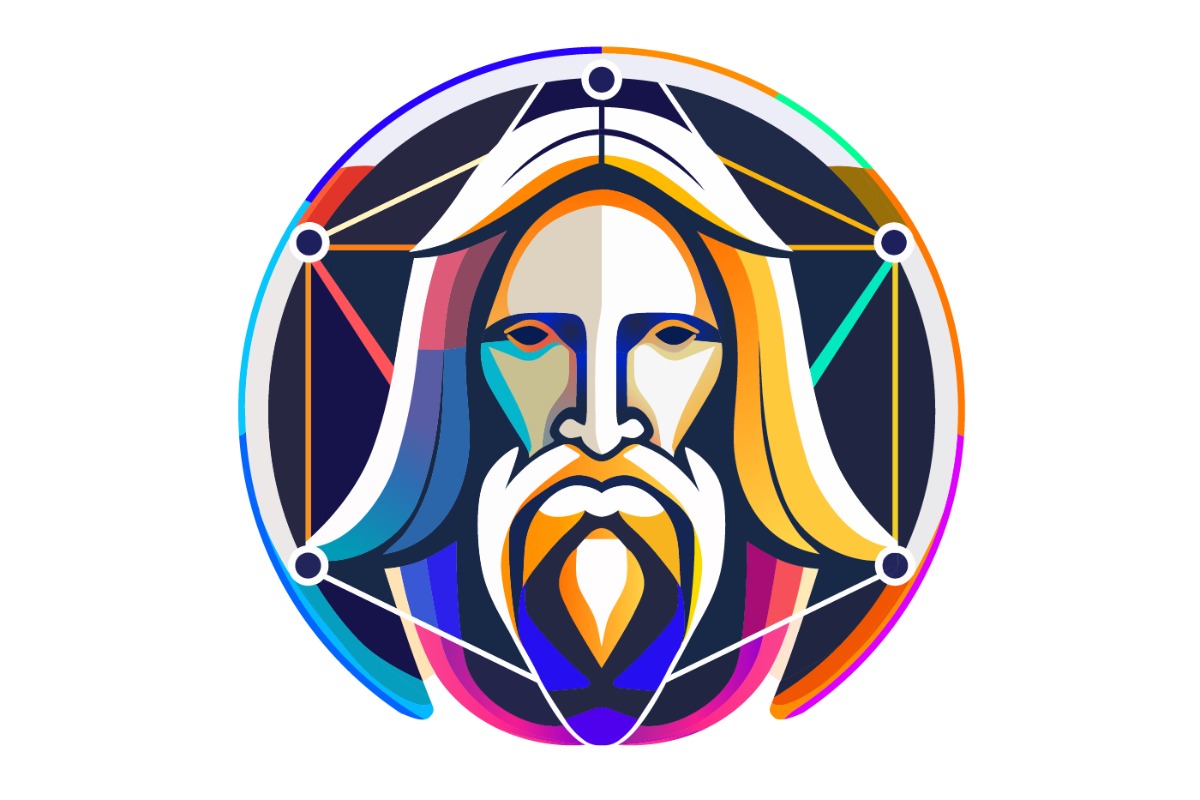
Leonardo
Leonardo is the digital studio artist’s dreams are made of. This AI helps artists of all levels turn simple drawings into colorful pictures.

BlueWillow
Transform your vision into reality with our AI image generator—simply describe your idea, and watch as it crafts the perfect graphic for your project.

Midjourney
Midjourney leads the way in advanced image editing with AI.
DALL-E
Meet DALL-E, a groundbreaking tool in visual creativity. Inspired by Salvador Dali, it’s as surreal as its namesake. By combining text and hidden visual concepts, It creates pictures that are very unusual and different from what you’d expect.
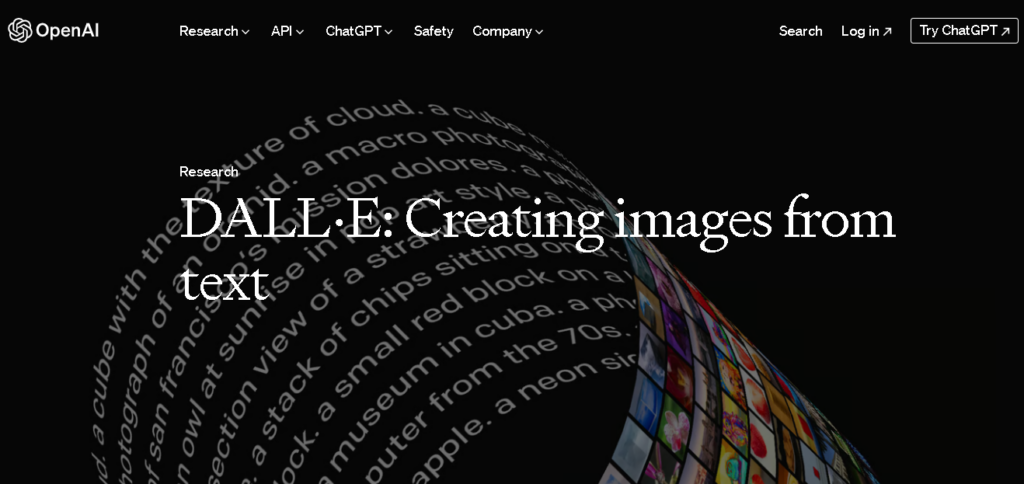
Features:
- Works with individual pixels, letting you control images in detail.
- Always gives results that match what you asked for, keeping the same theme.
- Turns text into images, capturing lots of different human ideas.
Pros and Cons:
Leonardo
Named after the Renaissance polymath, Leonardo is the digital studio artist’s dreams are made of. With endless space to work on and unlimited colors to choose from, this AI helps artists of all levels turn simple drawings into detailed, colorful pictures full of life and personality.
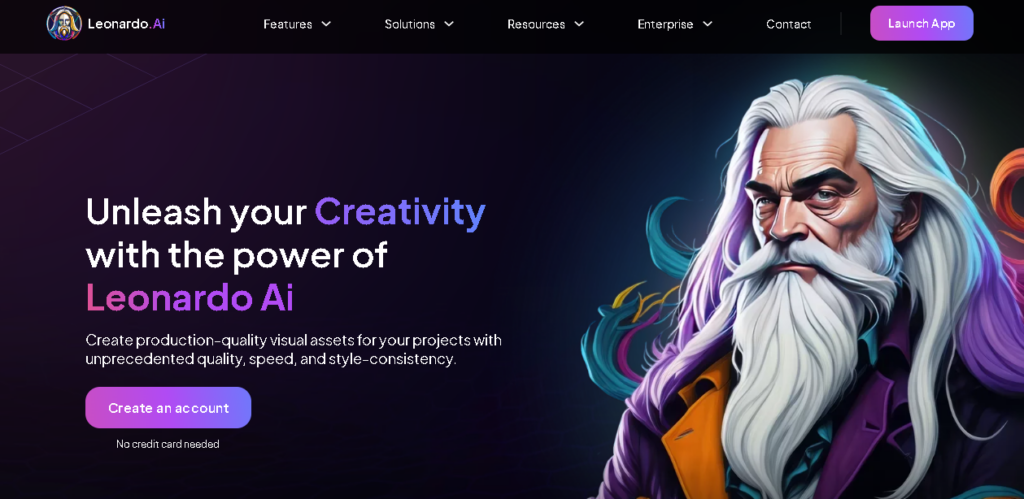
Features:
- Works like professional design programs with layers for editing.
- Has lots of brushes and textures that look like real art materials.
- Gets better at understanding your style over time with a “Learning 2 Learn” feature.
Pros and Cons:
BlueWillow
In the world of intellectual property, BlueWillow is a tool that helps clear things up. It checks lots of places online to see if your images are being used without permission, making sure credit goes to the right people.
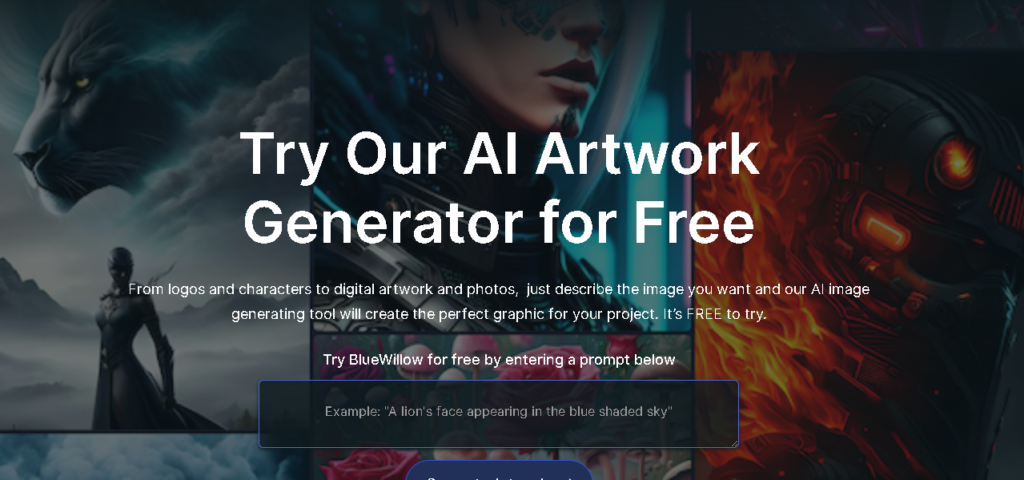
Features:
- Looks for your images everywhere, like on websites and social media.
- Keeps a database of similar images for comparing against your work.
- Keeps track of when it finds matches to help if there’s a dispute.
Pros and Cons:
Midjourney
Midjourney leads the way in advanced image editing with AI. This tool breathes life into the latent potential of visual data, refining, rescaling, and reframing images with an unrivaled finesse that belies the typical volatility of such endeavours.
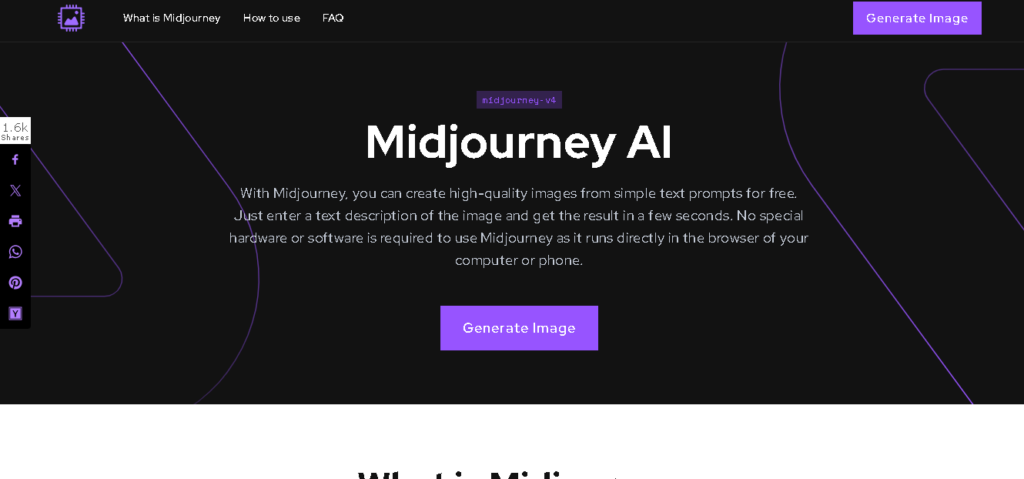
Features:
- Cutting-edge filters and enhancement technologies for image transformation.
- Batch processing capabilities for expedited handling of bulk image tasks.
- A vision API that recognizes objects and elements within images, enabling categorization and analysis.
Pros and Cons:
Best Copywriting Tools

Rytr
This smart AI writer helps you create great stories, convincing advertisements, and interesting blog posts without breaking a sweat.
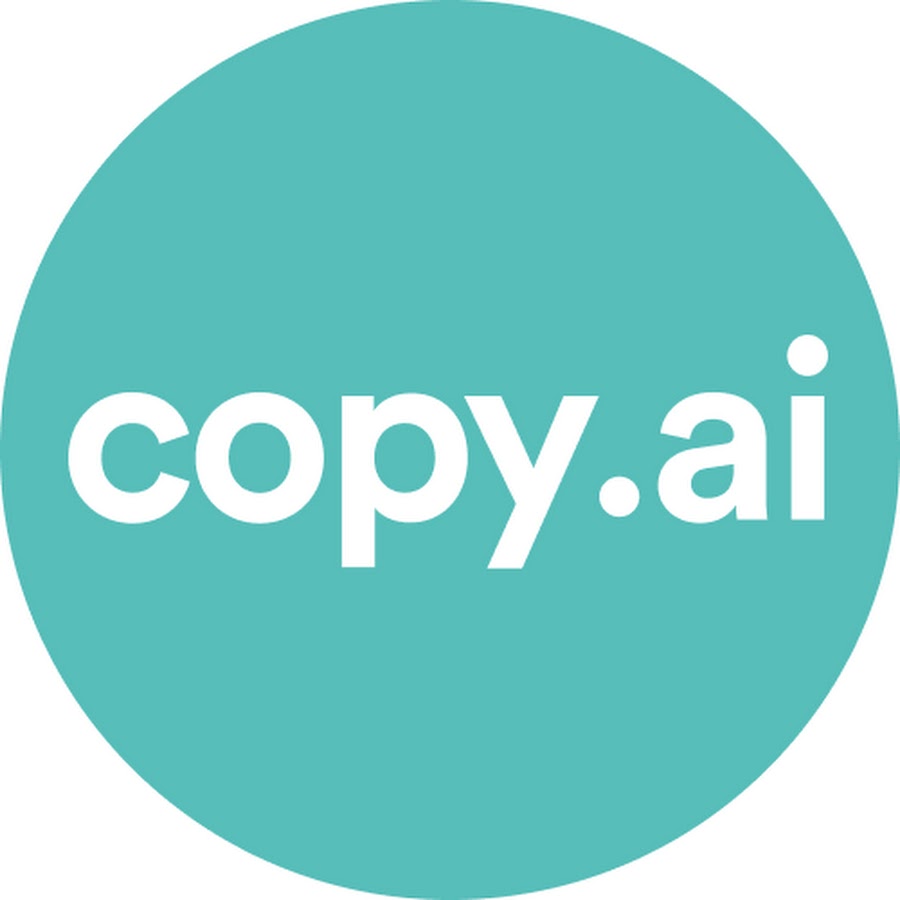
Copy AI
Copy AI specializes in writing copy that’s all about getting people to take action and become customers.

Wordtune
Wordtune is like a musical maestro for your writing, combining grammar correction with artistic flair.
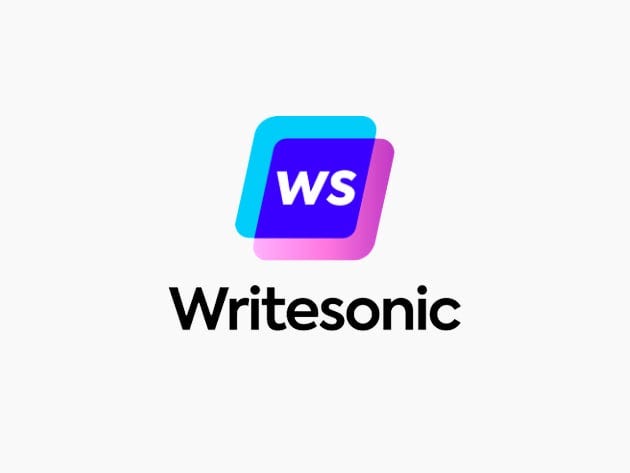
Writesonic
Writesonic is like a magical content generator, always coming up with new ideas.
Rytr
Rytr It’s like a high-tech pen from the future., writing words that really hit home. This smart AI writer helps you create great stories, convincing advertisements, and interesting blog posts without breaking a sweat. It’s perfect for both new writers and experienced ones.
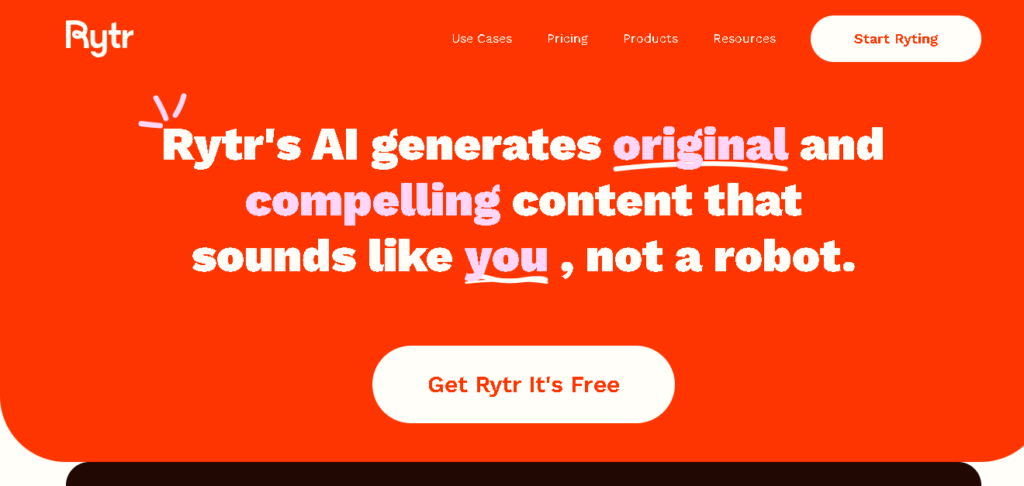
Features:
- Makes sure your writing shows up in search results with SEO.
- Gives lots of ideas for writing thanks to learning from other writing.
- Uses advanced technology to make conversations feel natural.
Pros and Cons:
Copy AI
Copy AI specializes in writing copy that’s all about getting people to take action and become customers. It’s really good at this, making it a great tool for entrepreneurs who want their website or ads to bring in more sales.
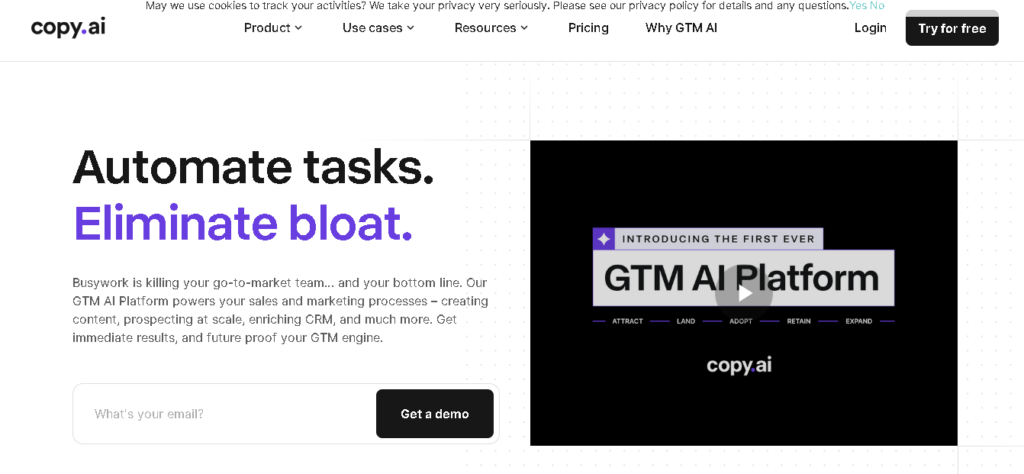
Features:
- Tries out different versions of content to find what works best and suggests it.
- Works well with lots of different marketing tools.
- Personalizes messages for different groups of customers to make them more interested.
Pros and Cons:
Wordtune
Wordtune is like a musical maestro for your writing, combining grammar correction with artistic flair. It carefully tweaks your sentences, turning them into lively dances.
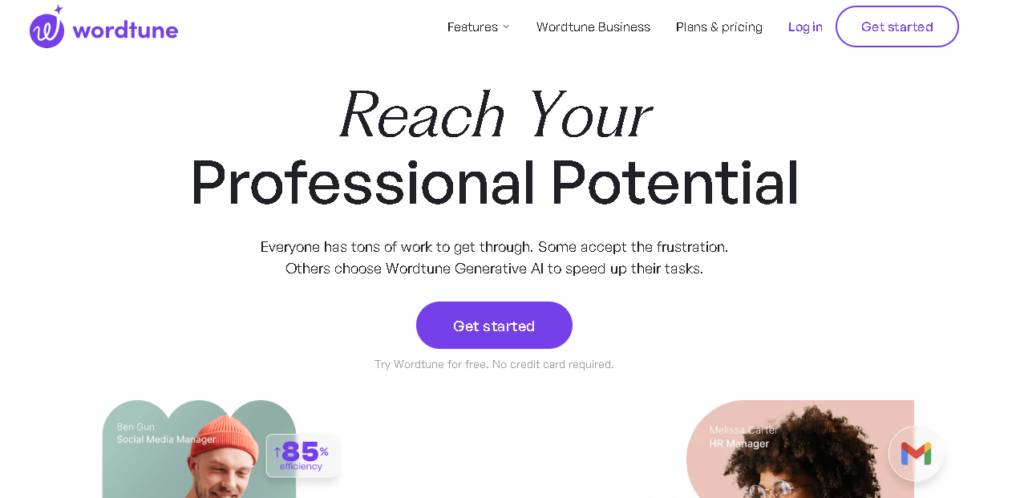
Features:
- Works on both computers and phones for editing text wherever you are.
- Offers some services for free but has extra options for people who want more.
- Gets better with feedback from users who pay for it.
Pros and Cons:
Writesonic
Writesonic is like a magical content generator, always coming up with new ideas. It can write emails, blog posts, and social media stuff, making them really interesting.
Features:
- Knows a lot about different businesses and types of writing.
- Changes what it writes to fit who it’s for and what they’ve bought before.
- Can make your writing better with a tool called ‘Content Improver.’
Pros and Cons:
Learn More: Best AI Writing Generators
Best Design Tools
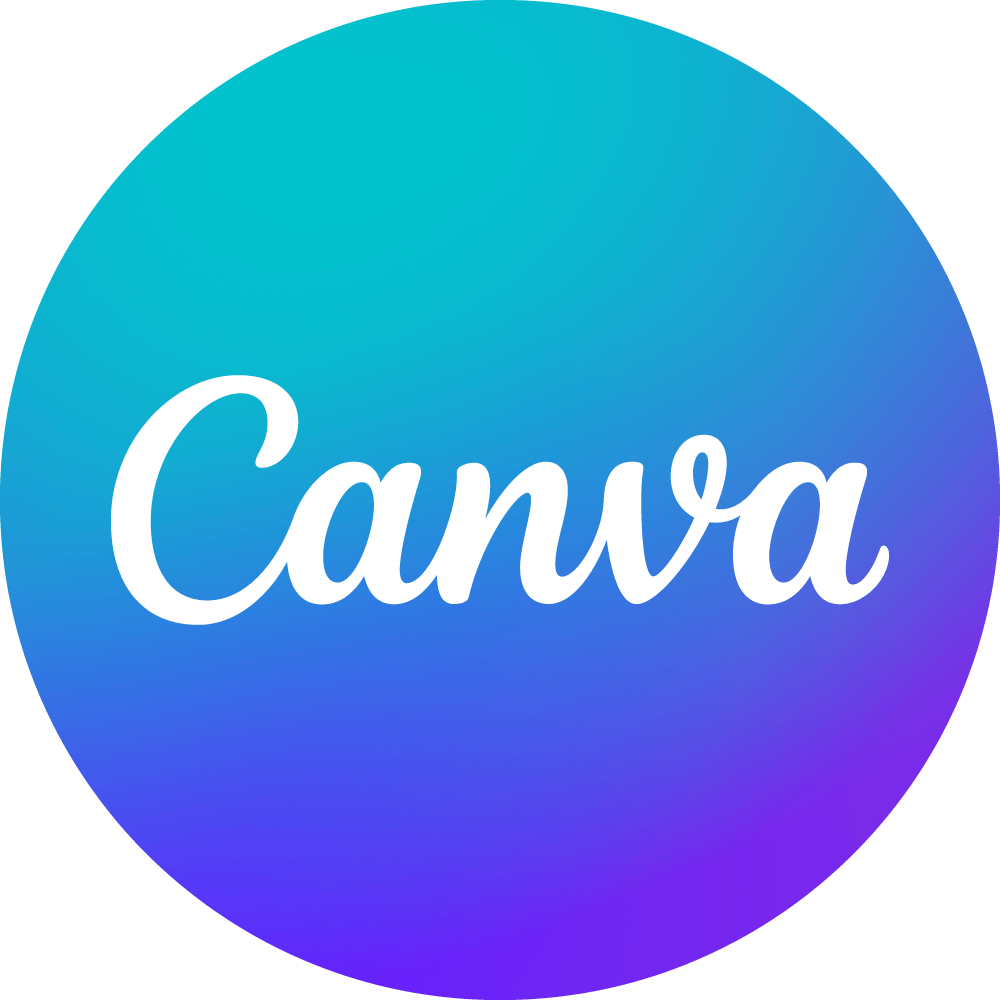
Canva
Canva is like a design superhero for everyone. It helps even people who aren’t great at art make cool designs.
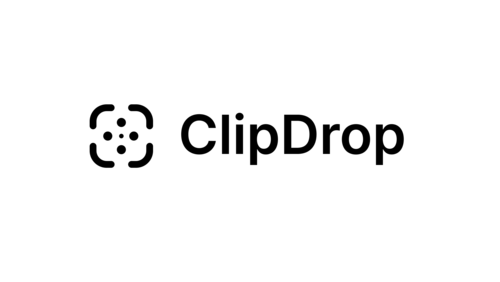
Clipdrop
Clipdrop is a cool new way to design things, using augmented reality.

Designify
Designify is like a design machine. It uses numbers and feedback to make designs that people really like.
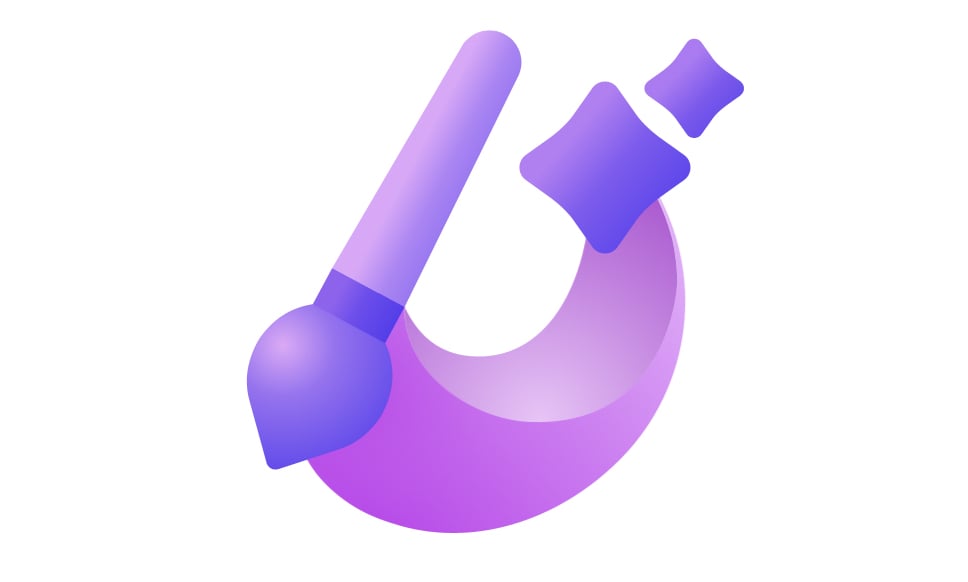
Microsoft Designer
Microsoft Designer is really good at lots of different types of design and is used by lots of big companies.
Canva
Canva is like a design superhero for everyone. It helps even people who aren’t great at art make cool designs. People all over the world love it because it makes design easy for everyone.
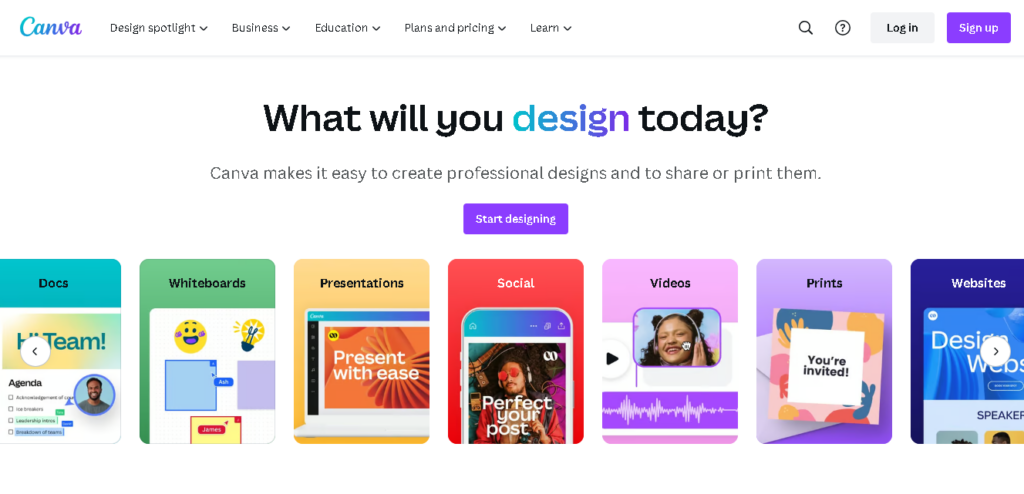
Features:
- Lots of templates for all kinds of designs.
- Tons of graphics, fonts, and other stuff to make your designs look cool.
- Easy-to-use tools that let you see exactly what your design will look like as you make it.
Pros and Cons:
Clipdrop
Clipdrop is a cool new way to design things, using augmented reality. It lets you take stuff from the real world and put it into your digital designs, which is pretty awesome.
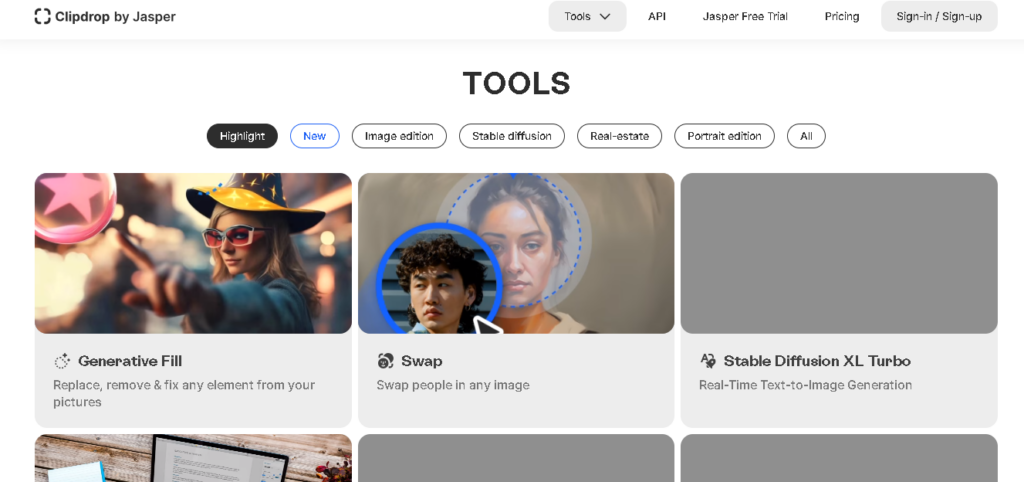
Features:
- A camera on your phone that turns real things into digital stuff you can use.
- The transfer tool, which helps you move images and text between your devices easily.
- Works with other design programs like Photoshop and Illustrator.
Pros and Cons:
Designify
Designify is like a design machine powered by data. It uses numbers and feedback to make designs that people really like. It’s all about making designs that work well and look good.
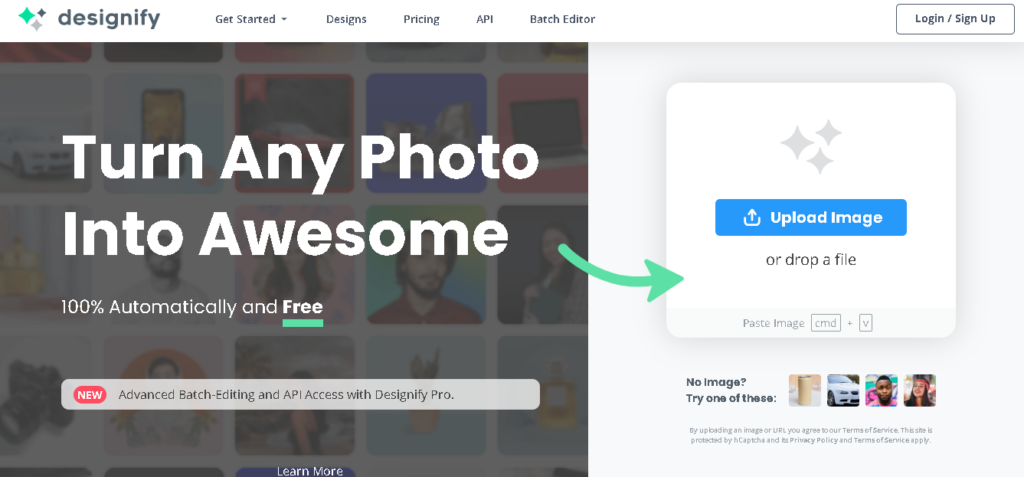
Features:
- Uses information from people using websites to make designs that work better.
- Changes designs in real time to make sure they’re always the best they can be.
- Lets you change how designs look to make sure they’re just right.
Pros and Cons:
Microsoft Designer
Microsoft Designer is like the big boss of design tools. It’s really good at lots of different types of design and is used by lots of big companies.
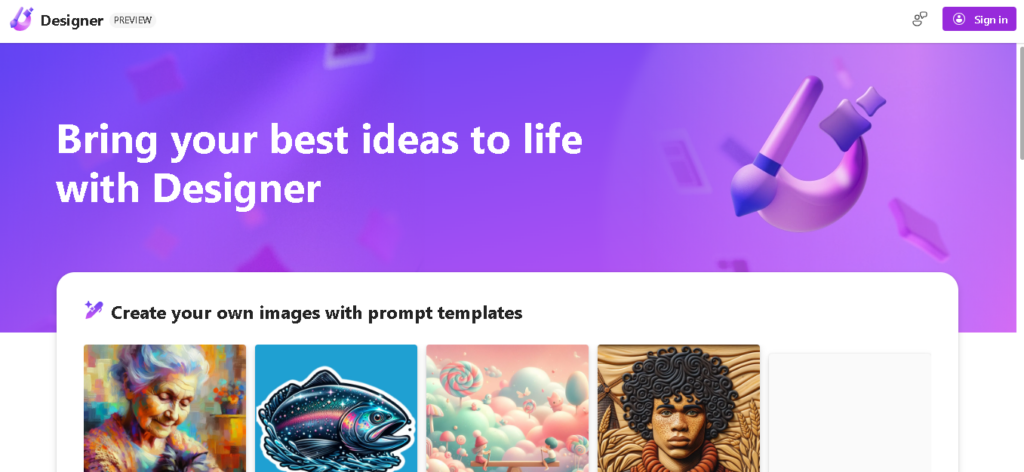
Features:
- Knows a lot about how things should look and work in Microsoft’s programs.
- Has lots of different design libraries for different types of designs.
- Helps people work together on designs and make them better over time.
Pros and Cons:
Best Website Tools

10Web
10Web is like a website-making wizard for people who want a website but don’t know much about building one.
Framer
Framer is like a design master for making websites look and work really well.

Hostinger
Hostinger is like the key to making sure your website stays online and works well.

Droxy
Droxy is an AI chatbot that’s perfect for businesses that deal with customers.
10Web
10Web is like a website-making wizard for people who want a website but don’t know much about building one. It uses AI to help with making the website, hosting it, and keeping it running smoothly.
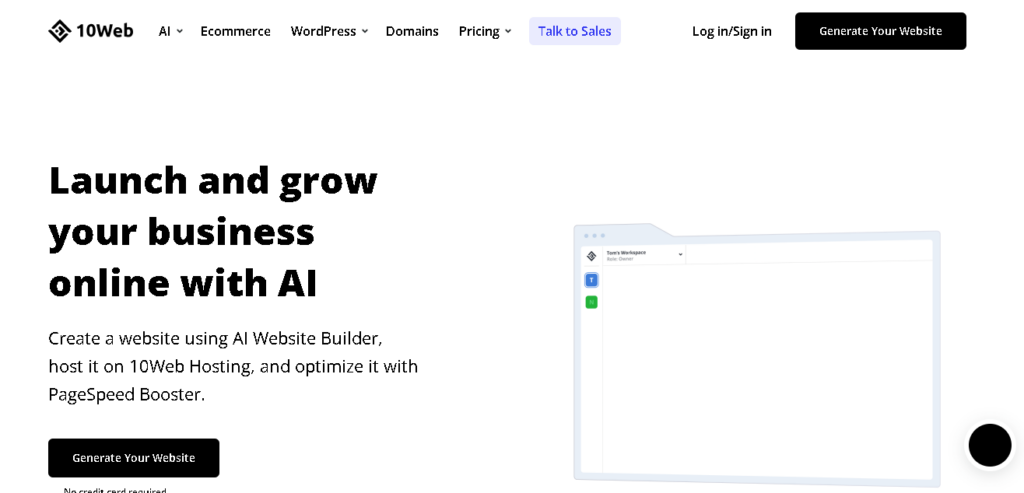
Features:
- Helps make websites by learning what you like and adjusting things to fit.
- Takes care of hosting your website, making sure it’s fast and safe.
- Gives you tools to manage your site, like checking it for problems and making it easier for people to find on search engines.
Pros and Cons:
Framer
Framer is like a design master for making websites look and work really well. It uses AI to help with things like making cool animations and layouts that people like using.
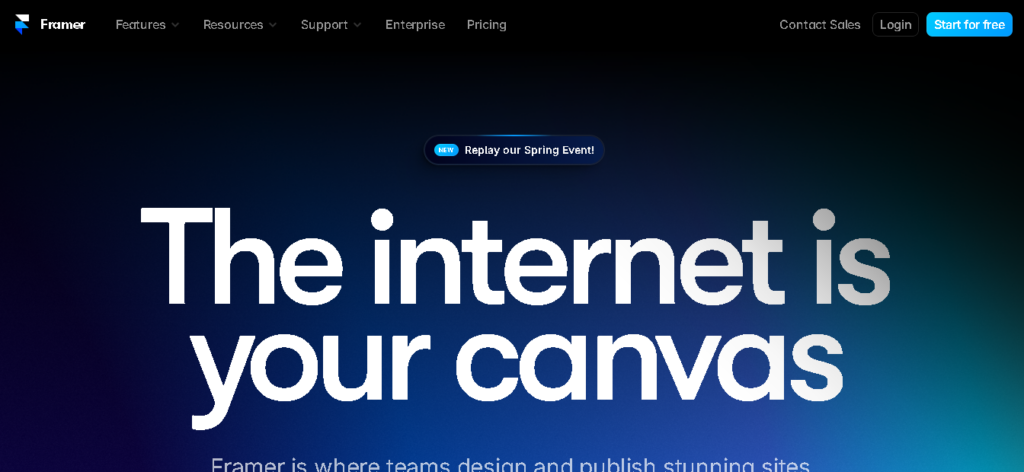
Features:
- Lets you make designs that move and look like real websites using code and real data.
- Collects information about how people use your website to help you make it better.
- Lets you change how it works to fit how you like to do things.
Pros and Cons:
Hostinger
Hostinger is like the key to making sure your website stays online and works well. It uses AI to help with things like setting up your website and keeping it safe.
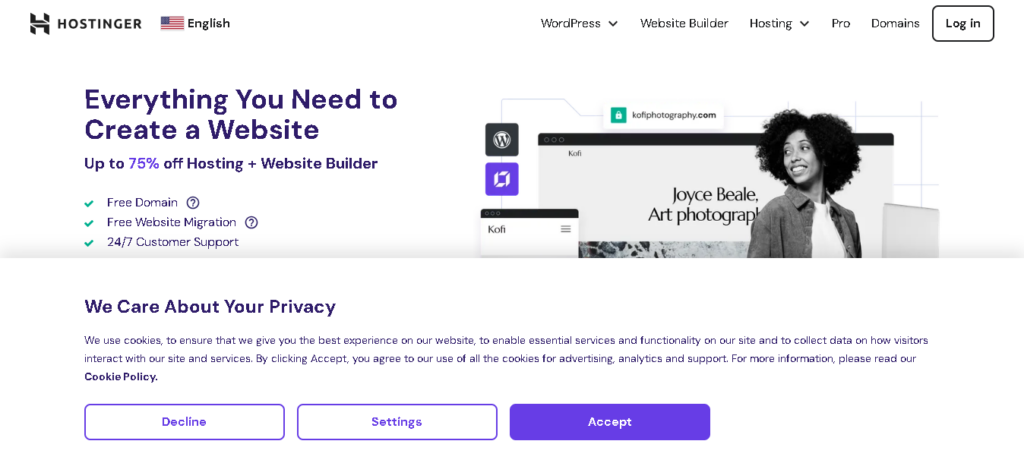
Features:
- Sets up things like WordPress for you automatically so you don’t have to.
- Gives you lots of tools to manage your website, like checking to make sure it’s secure and running well.
- Easy to use for people who are new to making websites.
Pros and Cons:
Droxy
Droxy is an AI chatbot that’s perfect for businesses that deal with customers. It’s great at talking to people, and the best part is, it won’t break the bank.
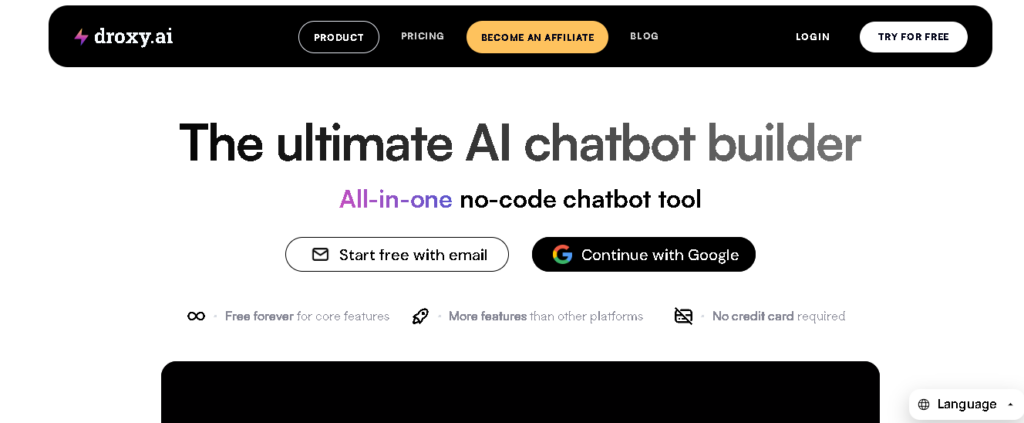
Features:
- Customize Droxy’s responses to fit your brand perfectly.
- Use Droxy on lots of different messaging platforms, like Messenger and WhatsApp.
- See how Droxy is doing with real-time data and make it even better over time.
Pros and Cons:
Best Video Editing Tools
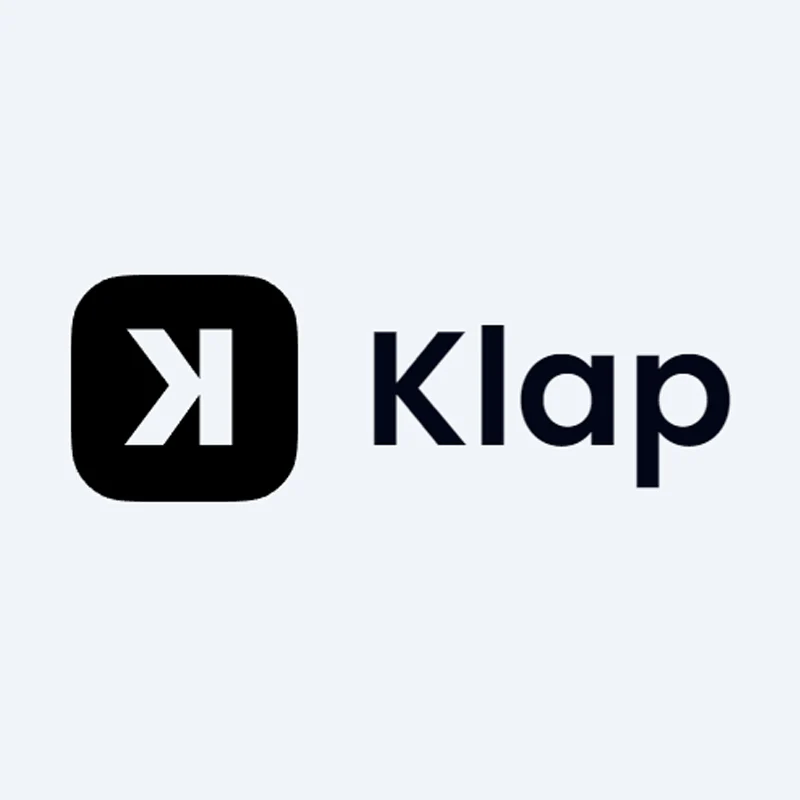
Klap
Klap helps you make videos that people will love to watch by giving you tools to edit and add cool stuff to them.

Canva
Canva helps you make all kinds of stuff, from social media posts to business presentations, with its AI-powered tools.
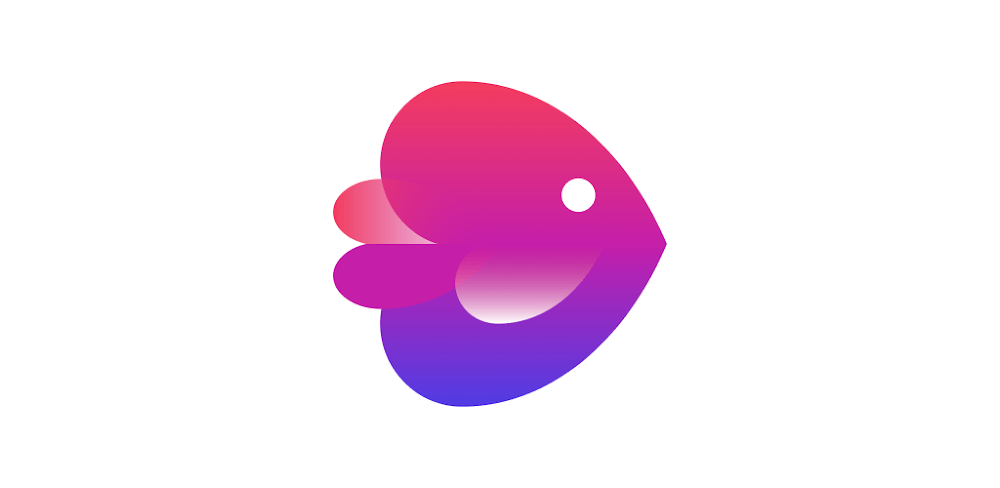
Invideo
Invideo makes creating videos simple with its template-driven tools.

Resemble’s AI
Resemble’s AI is a clever tool that helps create and adjust audio, like voices, for different uses.
Klap
Klap helps you make videos that people will love to watch by giving you tools to edit and add cool stuff to them.
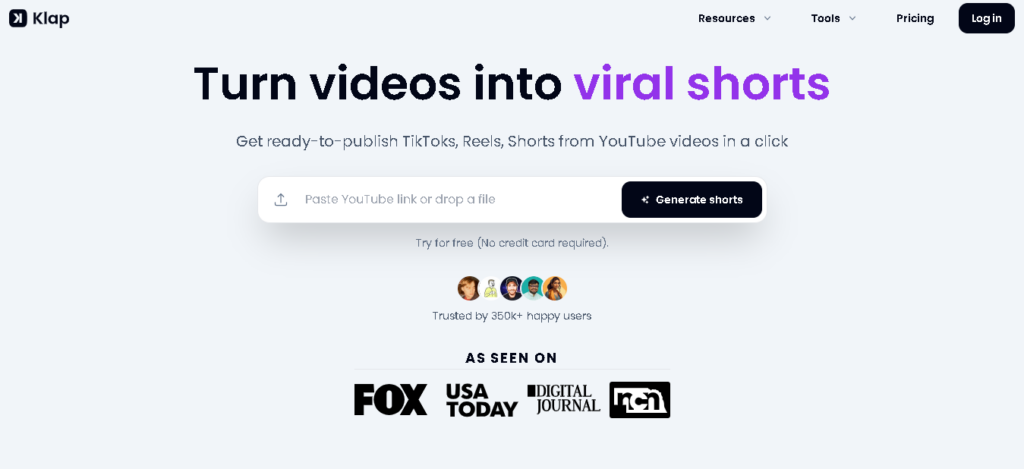
Features:
- Smart tools that help you find the best parts of your videos to use.
- Suggestions for adding cool effects and motion to your videos.
- Tips for making your videos look and sound great.
Pros and Cons:
Canva
Canva helps you make all kinds of stuff, from social media posts to business presentations, with its AI-powered tools.
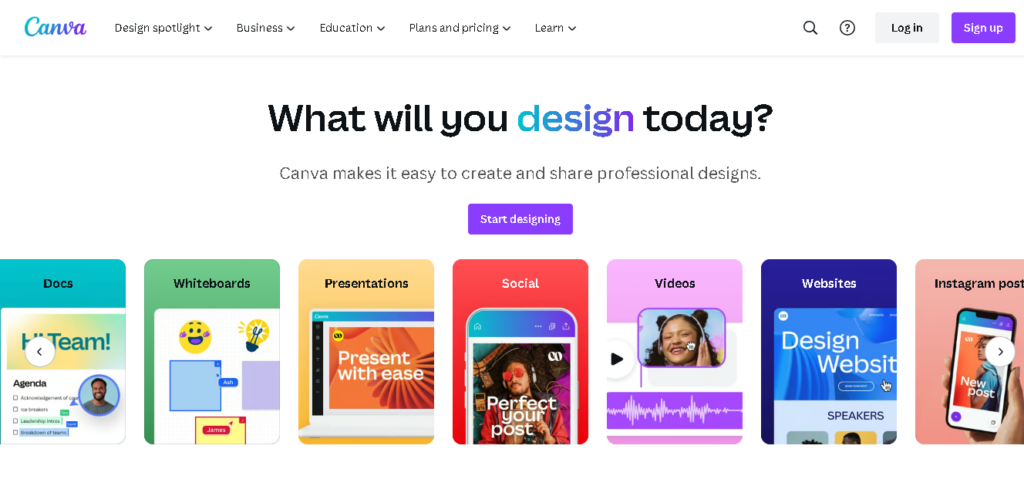
Features:
- Lots of templates and ideas for making your designs look great.
- AI suggestions for making your designs even better.
- Tools for planning and seeing how well your designs are doing.
Pros and Cons:
Invideo
Invideo makes creating videos simple with its template-driven tools. InVideo is a helpful tool you can use online to easily make good videos. It has lots of templates and smart editing tools that use AI to help you. You can customize your videos with graphics, animations, and music. It’s useful for anyone wanting to make cool videos for things like marketing, social media, or presentations.
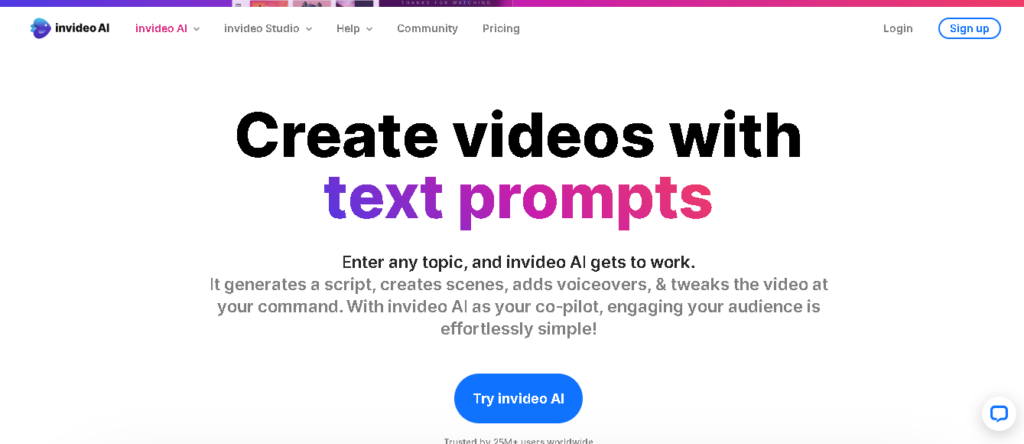
Features:
- Lots of templates and an editor to help you make professional videos fast.
- A smart assistant that learns from you and gives suggestions.
- A big library of stock images, music, and effects to use in your videos.
Pros and Cons:
Resemble’s AI
Want custom voices for your projects? Resemble’s AI can help. Resemble’s AI is a clever tool that helps create and adjust audio, like voices, for different uses. It uses advanced technology to generate lifelike speech from text, making it great for things like podcasts, customer service, or even making characters talk in video games. With Resemble, you can make unique voices that suit your needs without needing a real person to record them.
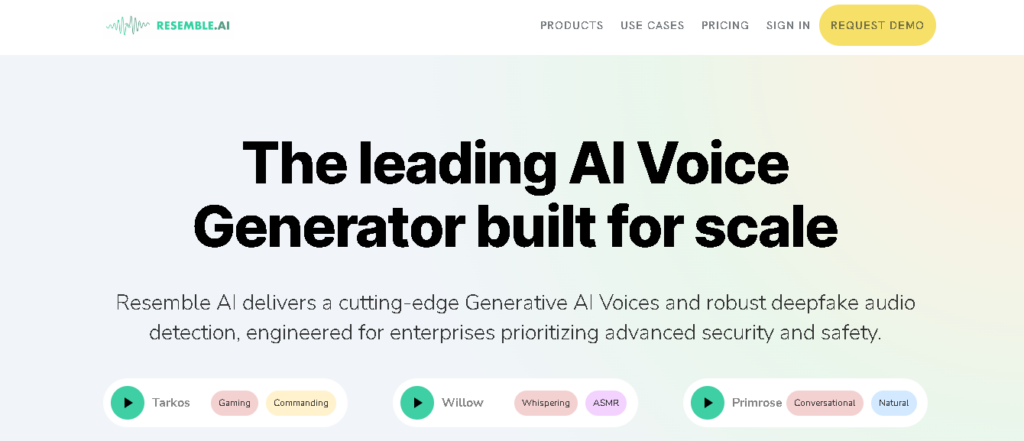
Features:
- Turn text into high-quality speech in different languages.
- Make voices that sound like specific people for different uses.
- Use it for things like digital avatars, customer service, or storytelling.
Pros and Cons:
Learn More: AI Tools For Video Generator
Best Logo design tools
Logo design tools are essential for creating a strong visual identity, especially for startups and established brands. These online platforms use AI and machine learning to make professional-looking logos quickly and easily.
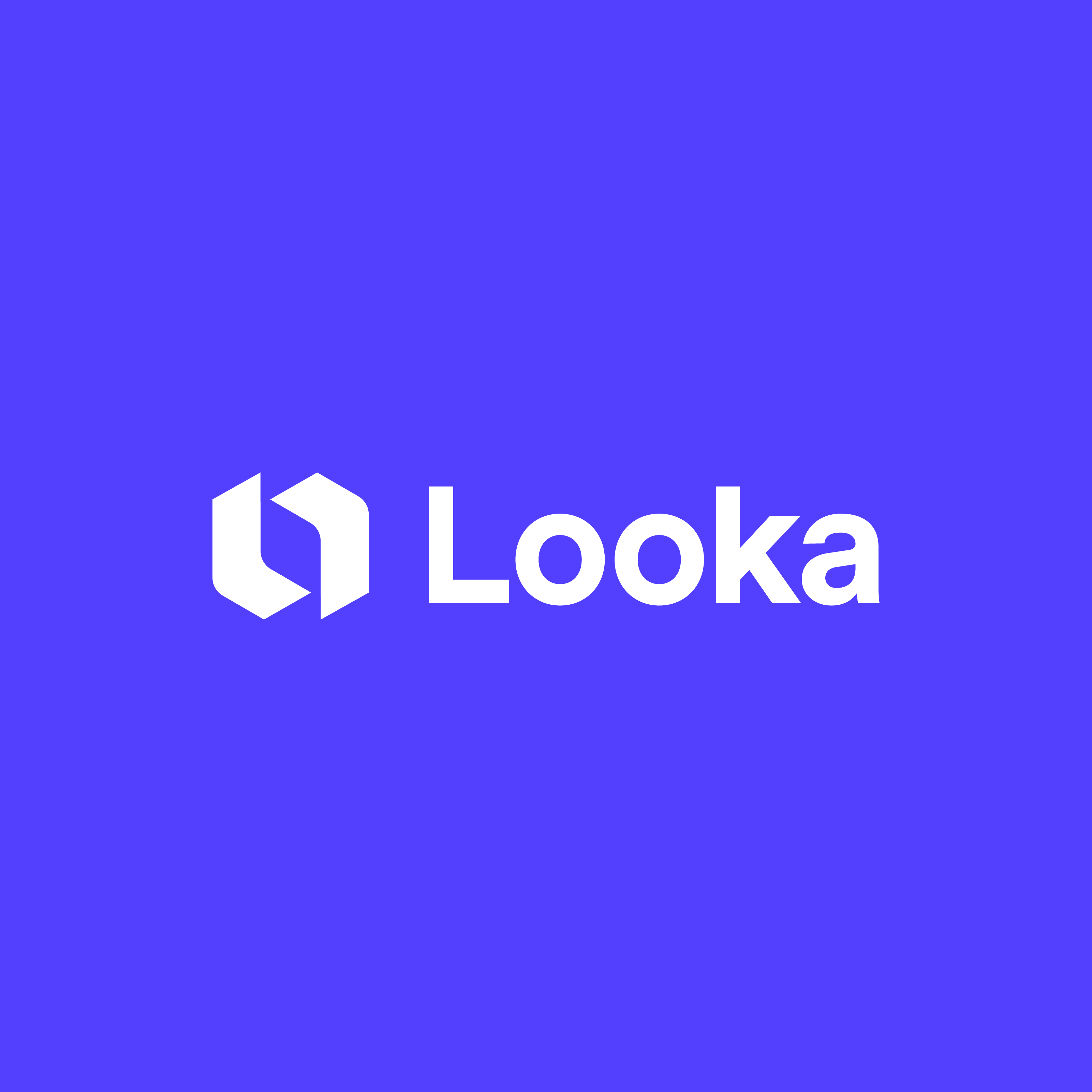
Looka
Looka is a tool that helps you create logos easily.
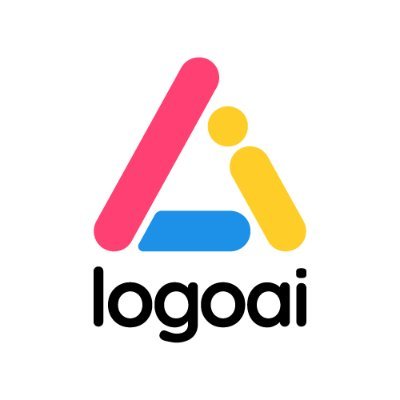
LogoAI
LogoAI is a platform designed to simplify logo creation using artificial intelligence.
Brandmark
Brandmark is an AI-powered logo design platform that combines the efficiency of artificial intelligence with the creativity of human input.

Logomaster
Logomaster is a logo design platform that empowers users to create professional logos with ease.
Looka
Looka is a tool that helps you create logos easily. It uses artificial intelligence to design logos tailored to your preferences. Whether you’re starting a business or refreshing your brand, Looka provides a quick and intuitive way to generate professional-looking logos without needing design skills.
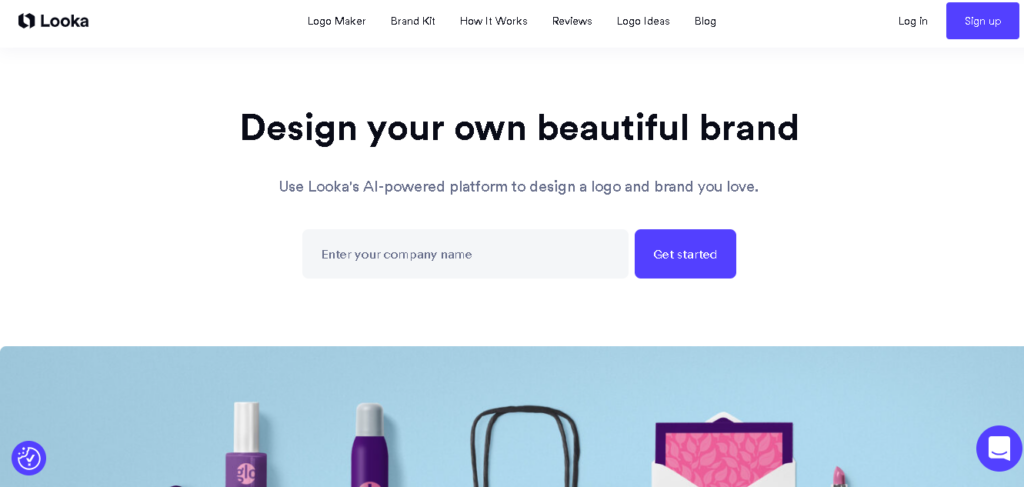
Features:
- Uses AI to create customized logos based on your preferences.
- Offers a library of customizable logo templates.
- Provides tools for brand identity and online marketing.
Pros and Cons:
LogoAI
LogoAI is a platform designed to simplify logo creation using artificial intelligence. It allows users to instantly generate logo designs based on their input, making it accessible for individuals and businesses without design expertise. With LogoAI, you can quickly create unique logos tailored to your brand identity and preferences.
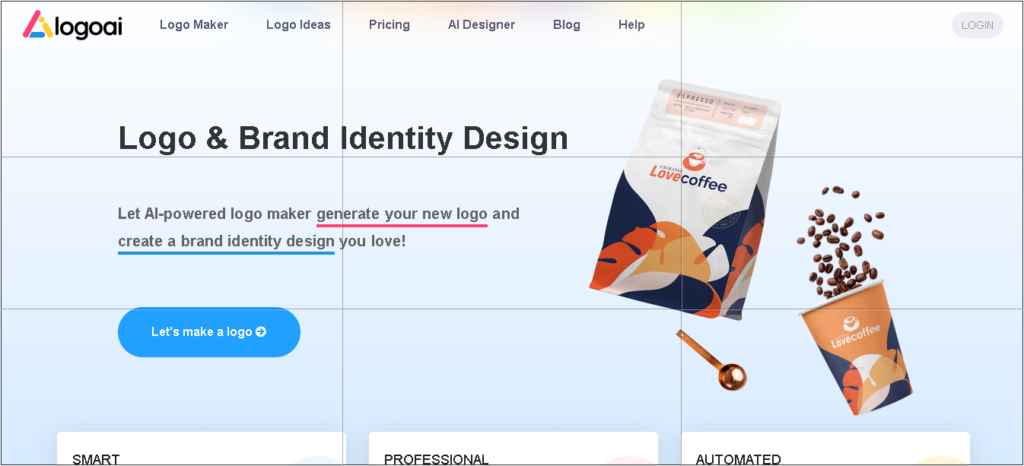
Features:
- Generates logos instantly based on user input.
- Uses a tagging system to describe the brand’s style.
- Allows easy color and font adjustments.
Pros and Cons:
Brandmark
Brandmark is an AI-powered logo design platform that combines the efficiency of artificial intelligence with the creativity of human input. It offers users the ability to create logos that reflect their brand identity by leveraging AI algorithms and the expertise of human designers. With Brandmark, you can easily generate custom logos that stand out and resonate with your audience.
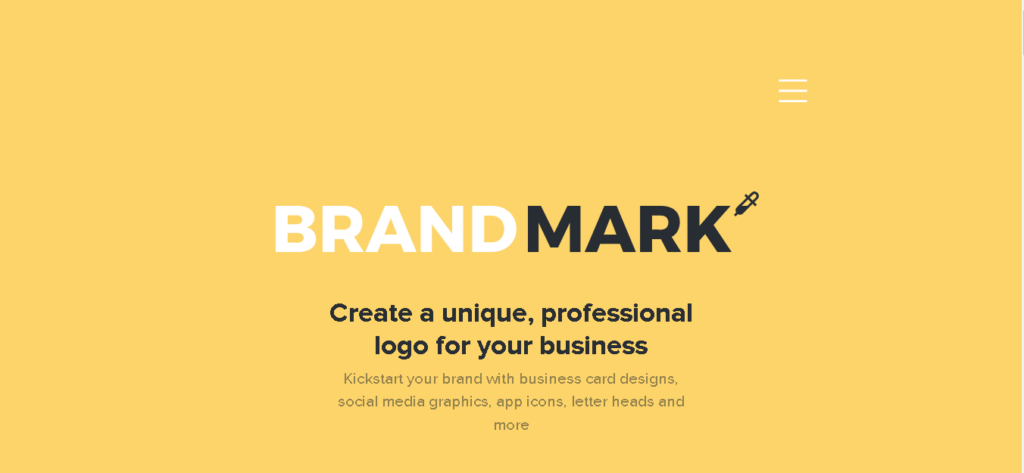
Features:
- Combines AI with input from human designers to create unique logos.
- Offers a style curator to suggest logos without asking questions.
- Allows full control over revisions and final choices.
Pros and Cons:
Logomaster
Logomaster is a logo design platform that empowers users to create professional logos with ease. It offers a wide range of customizable templates and graphics to help individuals and businesses develop unique visual identities. With Logomaster, you can design logos tailored to your brand’s personality and style, without the need for extensive design experience.
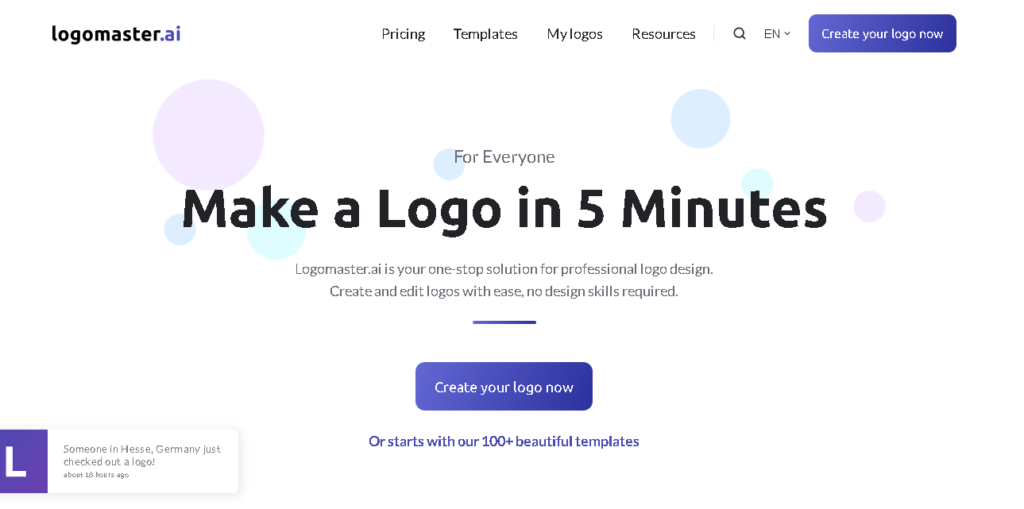
Features:
- Provides a DIY approach to logo creation with comprehensive branding packages.
- Offers an extensive library of royalty-free icons and graphics.
- Includes web and print-ready variations of the logo.
Pros and Cons:
Best Chatbot Tools
AI-driven chatbots are revolutionizing customer service and website interactions, offering dynamic experiences for users. Here’s a look at some innovative tools in this space:

Droxy
Droxy is an AI-driven chatbot creation platform designed specifically for WordPress websites.
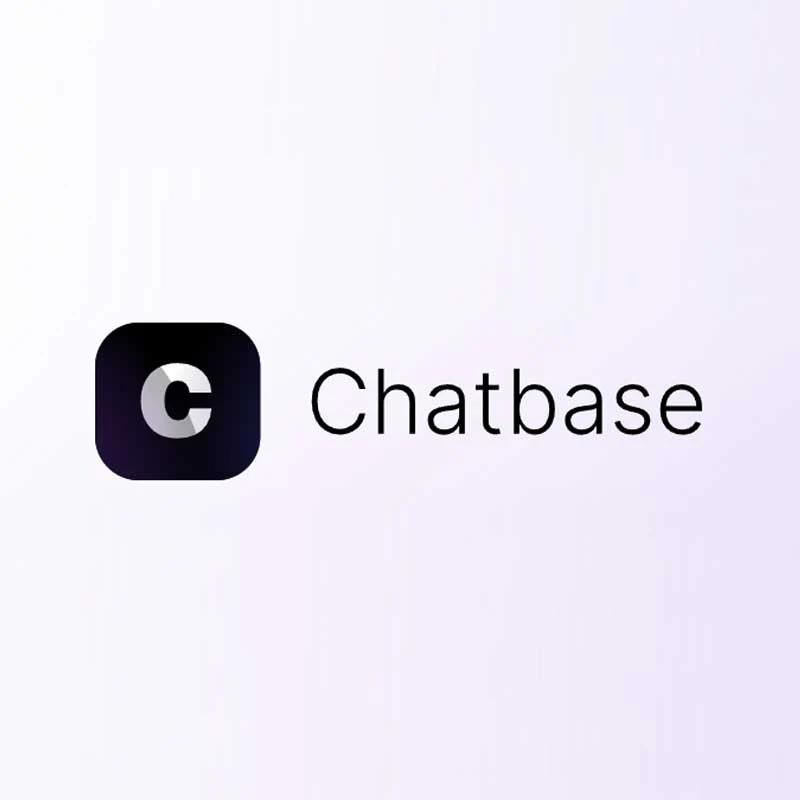
Chatbase
Chatbase is a smart tool made by Google that helps chatbots get better.
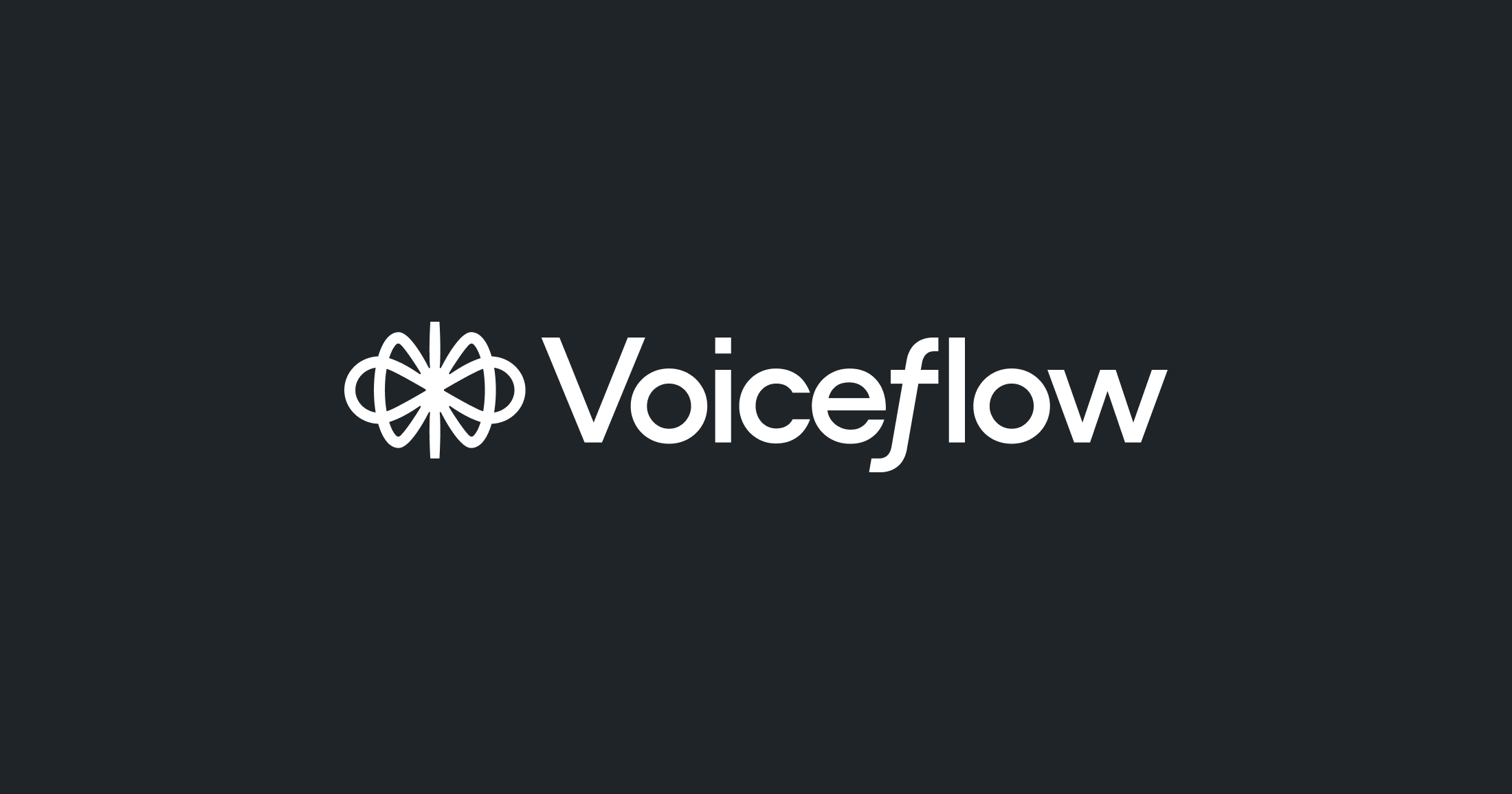
Voiceflow
Voiceflow is a tool that helps make talking robots, especially ones that listen to your voice.

Chatsimple
Chatsimple is a tool that helps make chatbots for websites without needing to know how to write code.
Droxy
Droxy is an AI-driven chatbot creation platform designed specifically for WordPress websites. It enables bloggers, small businesses, and entrepreneurs to easily integrate interactive chatbots into their WordPress sites without requiring extensive technical knowledge. With Droxy, users can design conversation paths, customize chatbot responses, and provide multilingual support, enhancing user engagement and streamlining customer interactions.
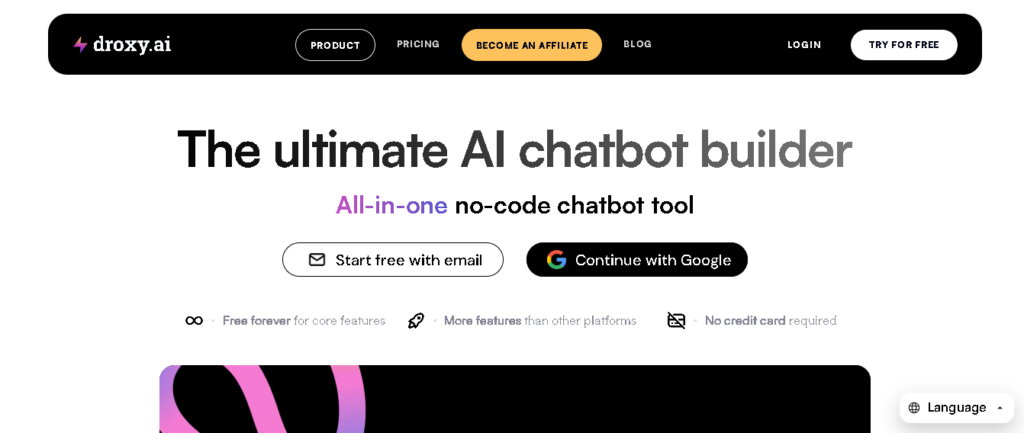
Features:
- Tailored for WordPress integration, making it perfect for bloggers and small businesses.
- Features a visual editor for designing conversation paths and supports multiple languages.
Pros and Cons:
Chatbase
Chatbase is a smart tool made by Google that helps chatbots get better. It looks at how people talk to the chatbot and finds ways to make it work even better. It’s great for businesses and developers who want to make their chatbots more helpful and easier to use.
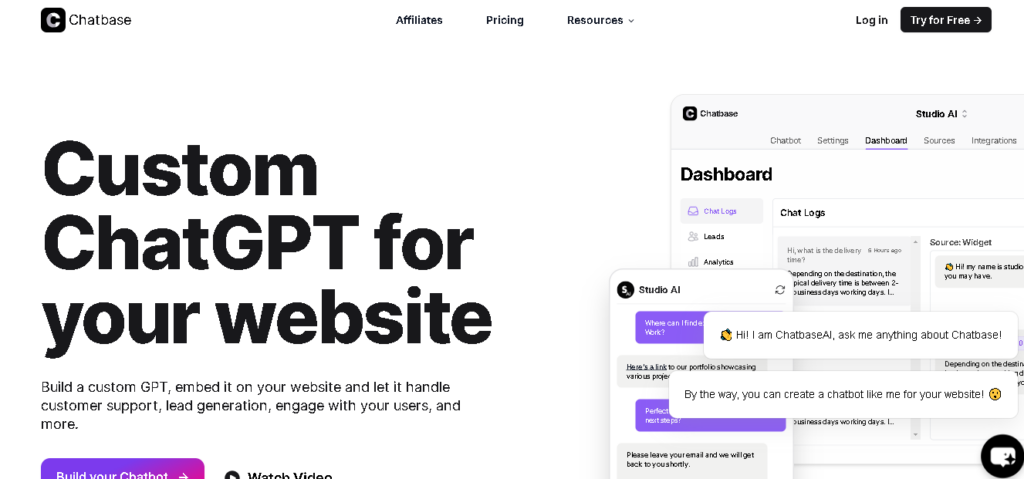
Features:
- Developed by Google, it offers sophisticated analytics and optimization for chatbots.
- Provides AI-driven conversational analytics, works across various messaging platforms, and offers advanced bot design capabilities.
Pros and Cons:
Voiceflow
Voiceflow is a tool that helps make talking robots, especially ones that listen to your voice. It’s handy for people who want to create voice-controlled gadgets or apps, like ones that work with Amazon Alexa or Google Assistant.
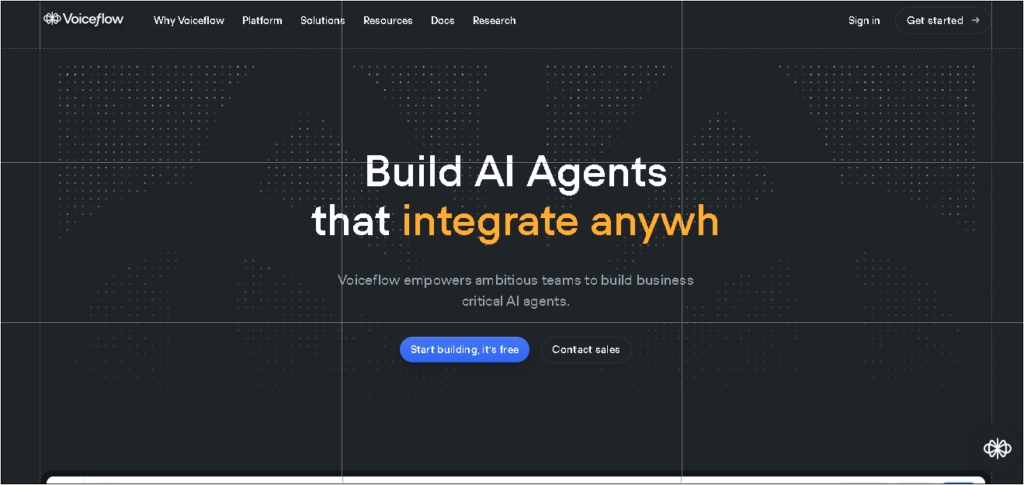
Features
- Focuses on voice chatbots, especially for Amazon Alexa and Google Assistant.
- Offers both visual and code editors for versatile development and includes collaboration features.
Pros and Cons:
Chatsimple
Chatsimple is a tool that helps make chatbots for websites without needing to know how to write code. It’s great for anyone who wants to add a chatbot to their website easily.
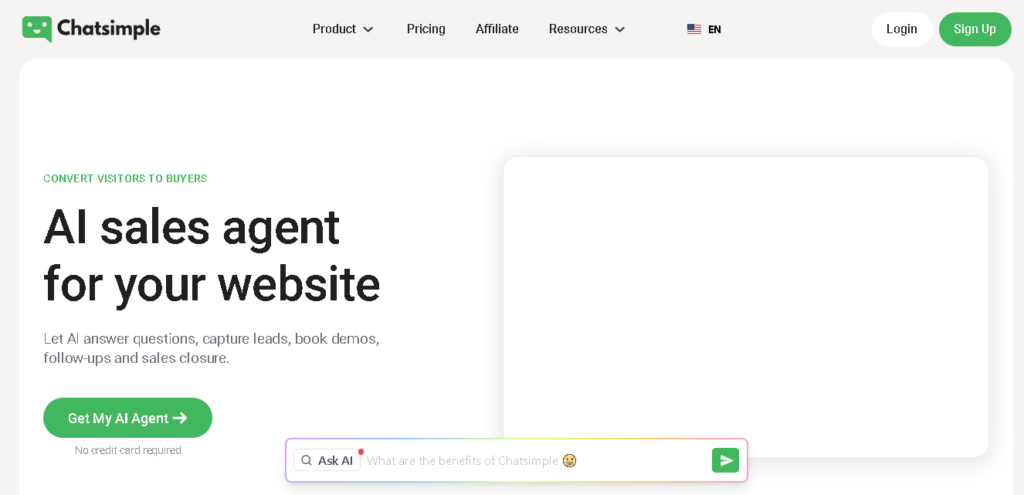
Features:
- Offers a no-code chatbot creation experience, ideal for adding chatbots to websites effortlessly.
- Integrates easily with major website platforms and supports custom scripts for personalization.
Pros and Cons:
Best Automation Tools
Automation tools have transformed the way businesses handle repetitive tasks, freeing up human resources to focus on more complex and value-adding work.
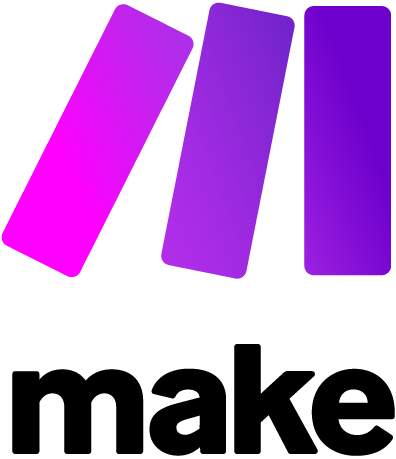
Make
Make takes center stage with its focus on personal productivity, offering an automation tool for nearly any web application or service.
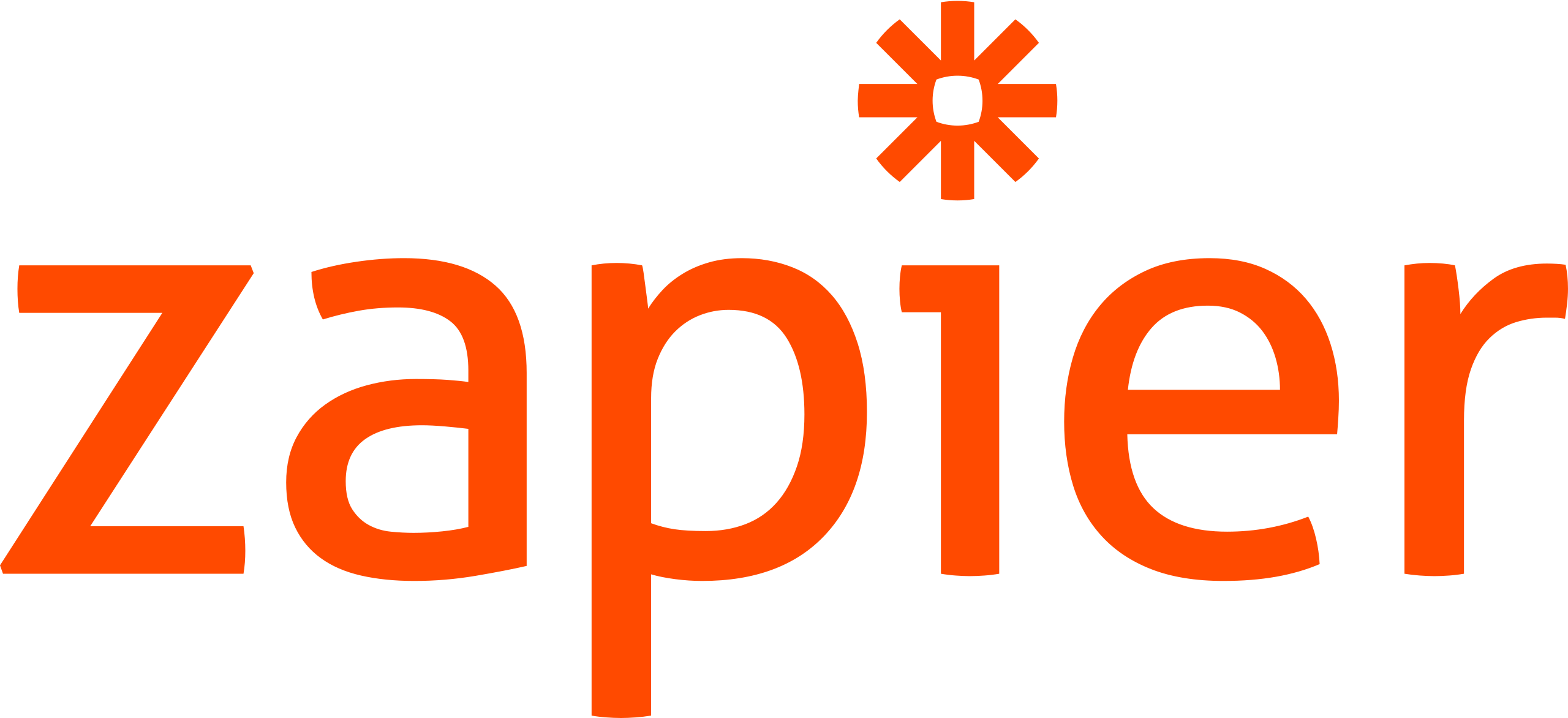
Zapier
Zapier is providing integration between more than 2,000 apps to automate repetitive tasks without coding.

Bardeen
Bardeen presents a unique take on automation by focusing on personal data processing,

Postman
Postman is an API development environment for those engaged in programming and seeks to streamline the API-testing process.
Make
Make takes center stage with its focus on personal productivity, offering an automation tool that enables users to create custom tasks for nearly any web application or service.
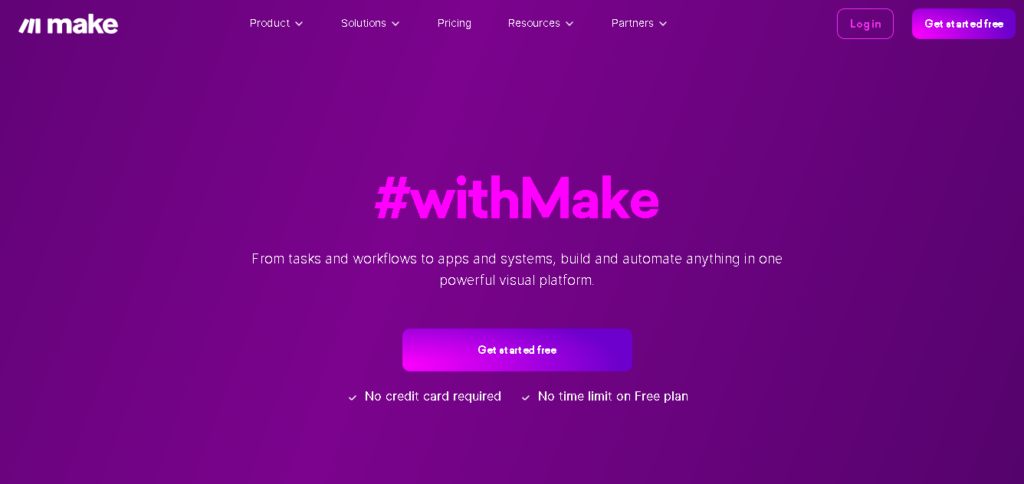
Features
- Simple, straightforward interface
- Capable of creating complex tasks with triggers and actions
- Supports a wide range of applications
Pros and Cons:
Zapier
Zapier is a household name in automation, providing integration between more than 2,000 apps to automate repetitive tasks without coding.
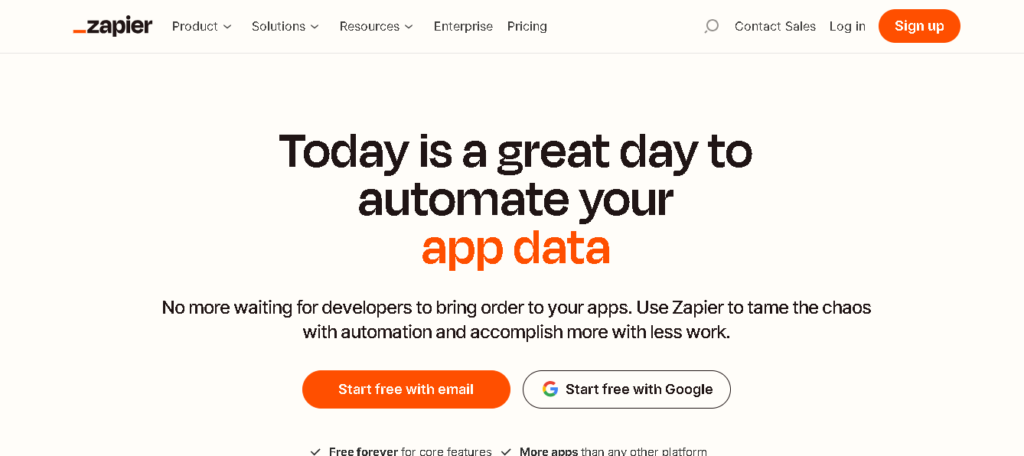
Features:
- Seamless integration with vast app library
- Multistep Zaps for more complex workflows
- Custom scripting for increased flexibility
Pros and Cons:
Bardeen
Bardeen presents a unique take on automation by focusing on personal data processing; it offers sophisticated automations involving data aggregation and analysis without requiring coding skills.
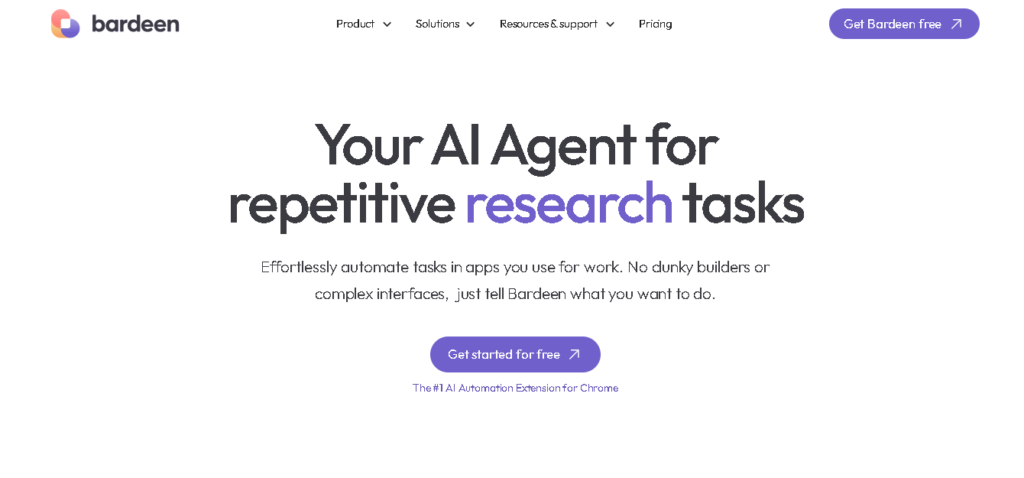
Features:
- Visual workflow builder for data tasks
- Advanced data aggregation capabilities
- Integration with scientific computing frameworks
Pros and Cons:
Postman
Postman is an API development environment that is incredibly powerful for those engaged in programming and seeks to streamline the API-testing process.
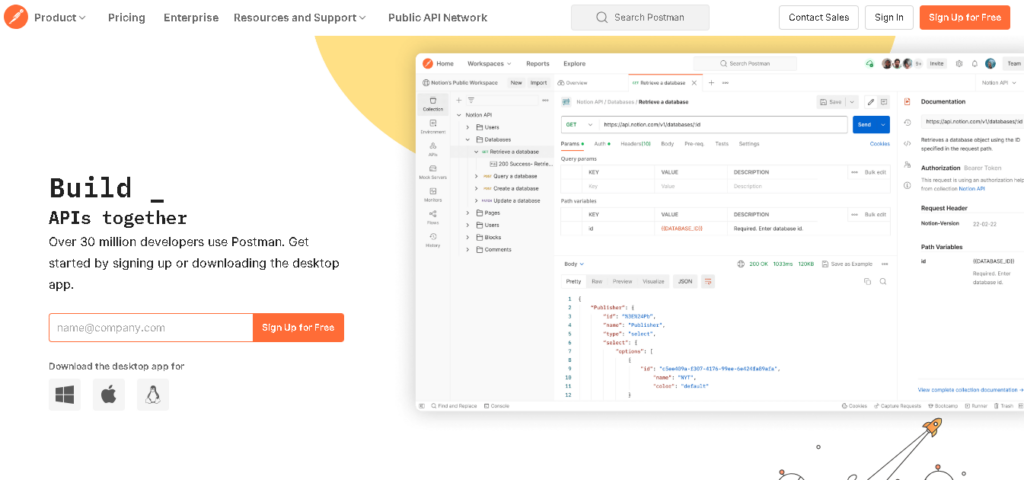
Features:
- Robust API development and testing environment
- Collaboration tools for teams
- Extensive collection of pre-built elements
Pros and Cons:
Best Marketing Tools
In a highly dynamic digital landscape, marketing tools play a key role in strategizing outreach campaigns, understanding customer behavior, and enhancing engagement.
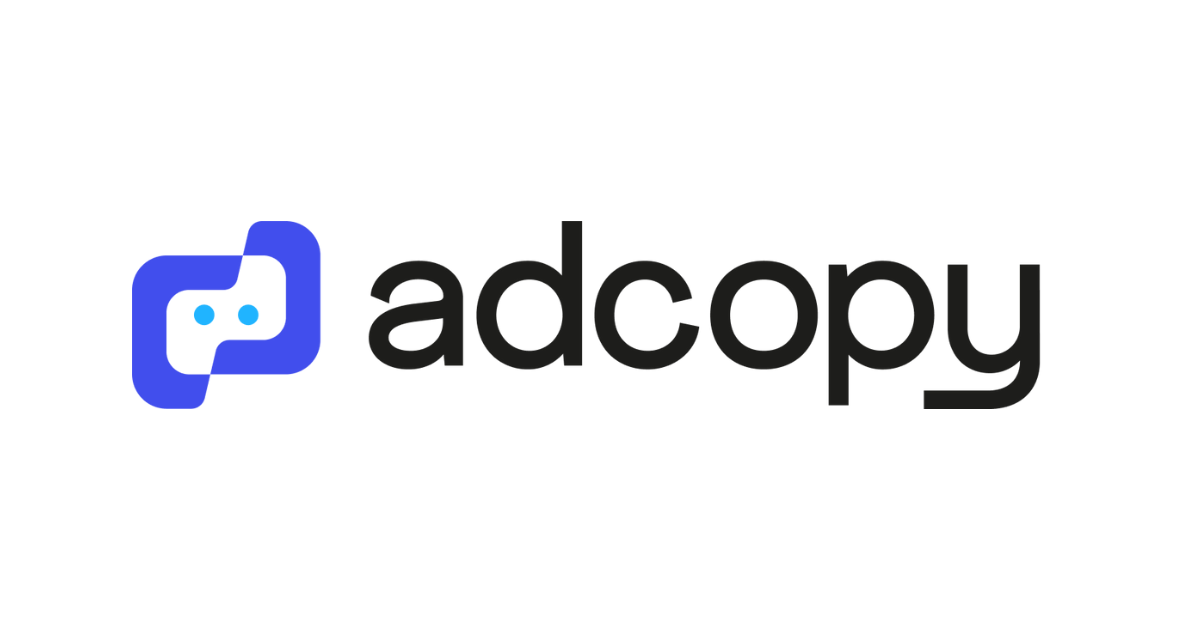
AdCopy
AdCopy is a content automation tool designed to help marketers write better ad copy and web content.

TryPencil
TryPencil is a graphics composition and management tool that aids in the creation of visual content for marketing purposes.

Mailchimp
Mailchimp is an email marketing platform that also provides additional support for landing pages, social media ads, and CRM.

AdCreative
AdCreative specializes in streamlining ad creation by providing templates, ad performance data analysis.
AdCopy
AdCopy is a content automation tool designed to help marketers write better ad copy and web content with the help of AI.
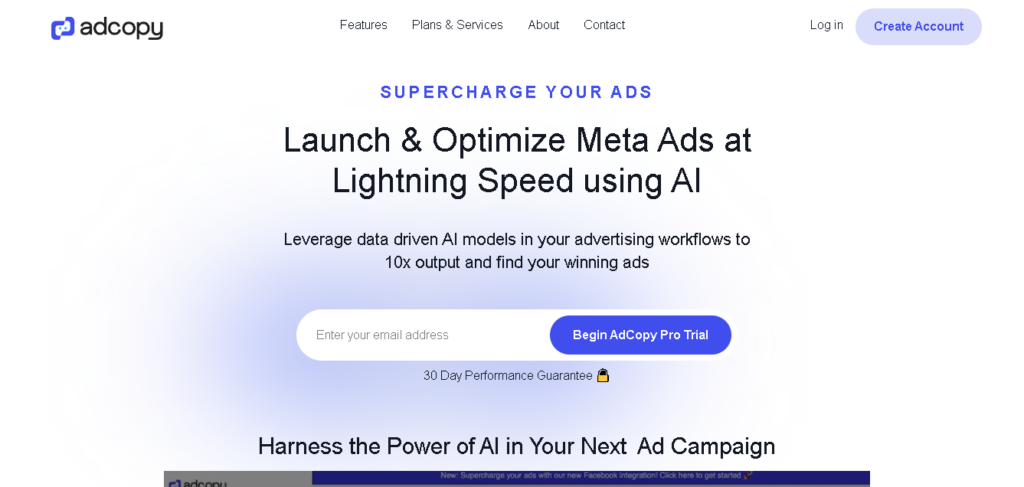
Features:
- AI-assisted copywriting for ads and content
- Includes a built-in editor for further refinement
- Offers content types beyond ad copy, such as blog posts
Pros and Cons:
TryPencil
TryPencil is a graphics composition and management tool that aids in the creation of visual content for marketing purposes, especially digital advertising.
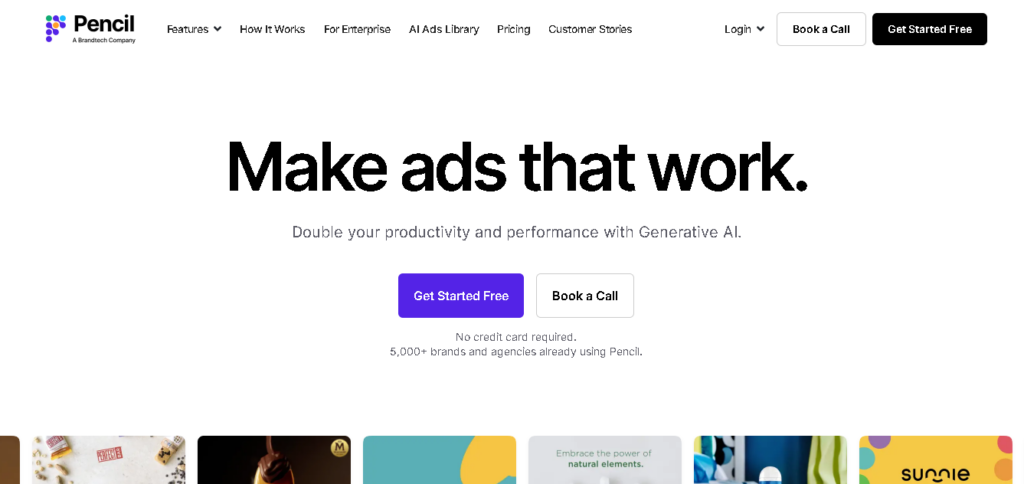
Features:
- Design and rendering tool for visual content
- Smart cropping and resizing
- Collaboration and revision management
Pros and Cons:
Mailchimp
Mailchimp is a well-known email marketing platform that also provides additional support for landing pages, social media ads, and CRM, catering to businesses of all sizes.
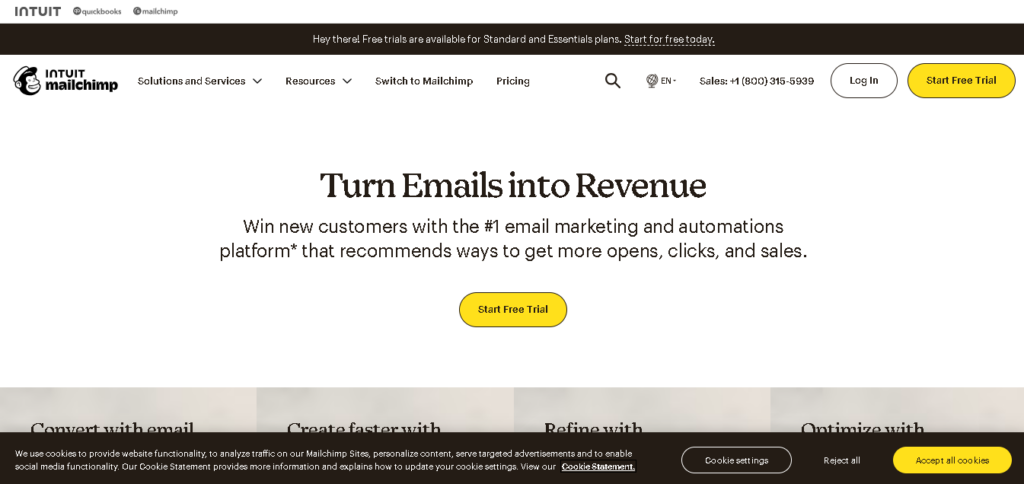
Features:
- Email campaign builder with drag-and-drop functionality
- Integration with various e-commerce platforms
- Audience management and reporting tools
- Multi-channel marketing support
Pros and Cons:
AdCreative
AdCreative specializes in streamlining ad creation by providing templates, ad performance data analysis, and tools to manage multiple campaigns in one place.
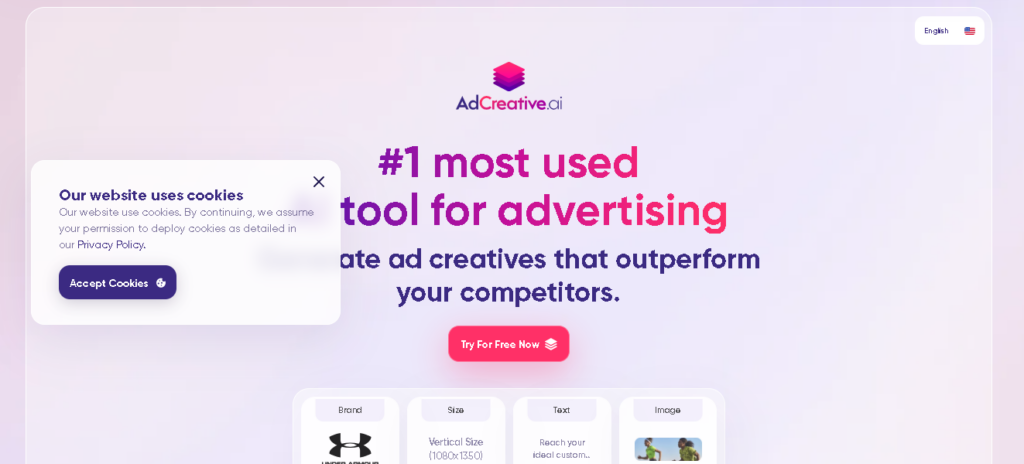
Features:
- Ad template library catered to different industries and needs
- Real-time performance tracking
- Multi-campaign management
- Creative insights to improve ad performance
Pros and Cons:
Conclusion
In today’s digital world, using tools efficiently is more important than ever. By understanding the features, pros, and cons of different software options, people and businesses can make smart choices that fit their needs. Each tool has its own strengths, so it’s important to find the one that aligns best with your goals and skills. Whether it’s simplifying design tasks, improving customer interactions, or automating workflows, these tools represent the innovation shaping our tech-driven world. Using these tools not only boosts productivity but also sparks creativity. It’s the blend of efficiency and personalized results that makes technology a key to success in many areas.




